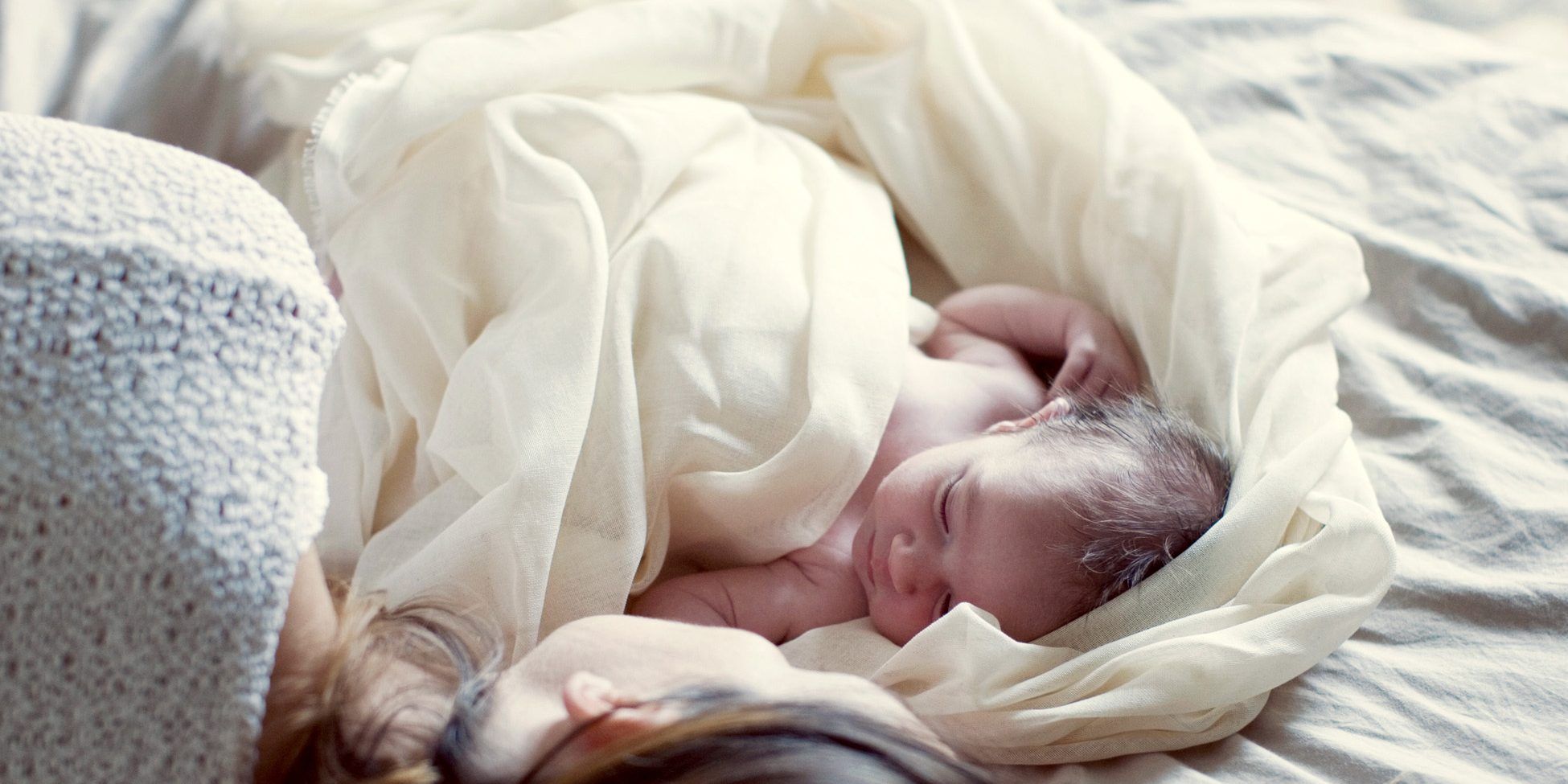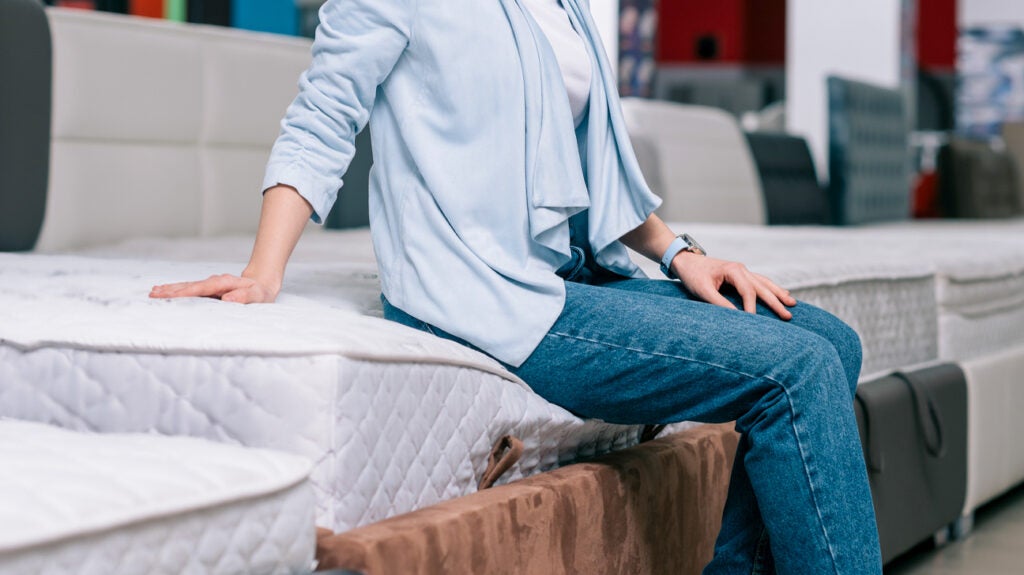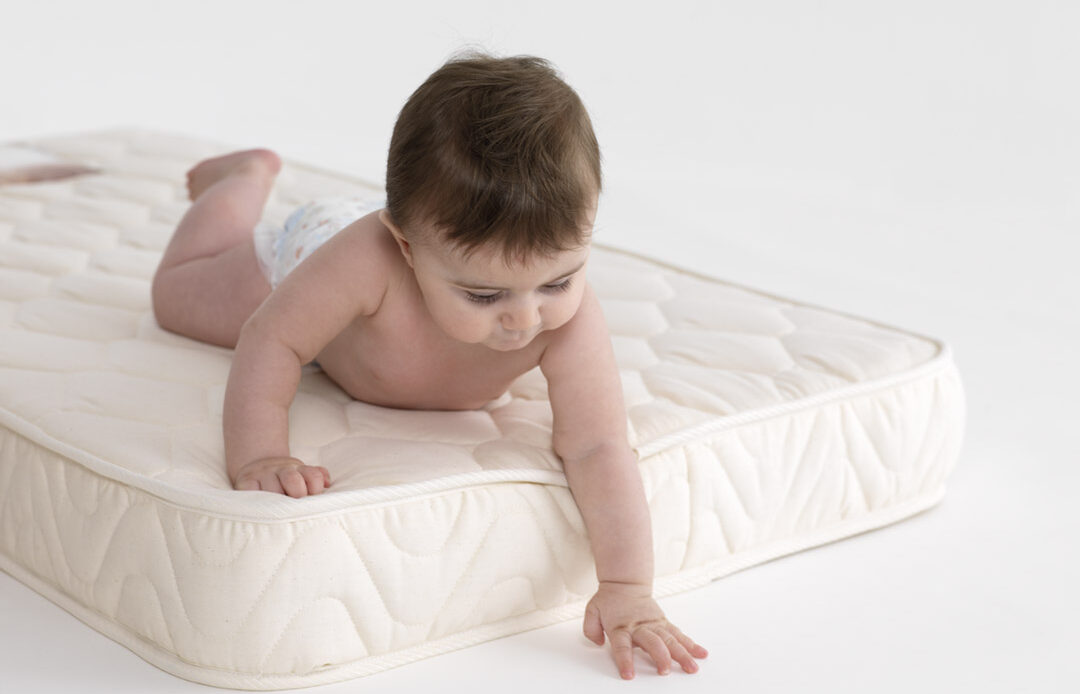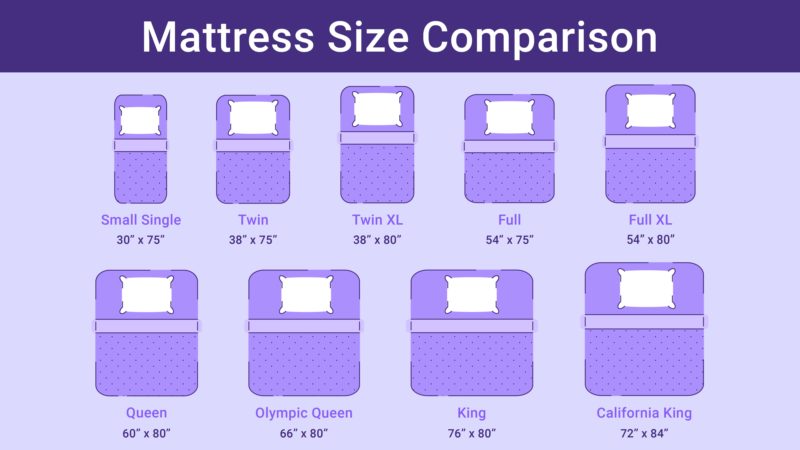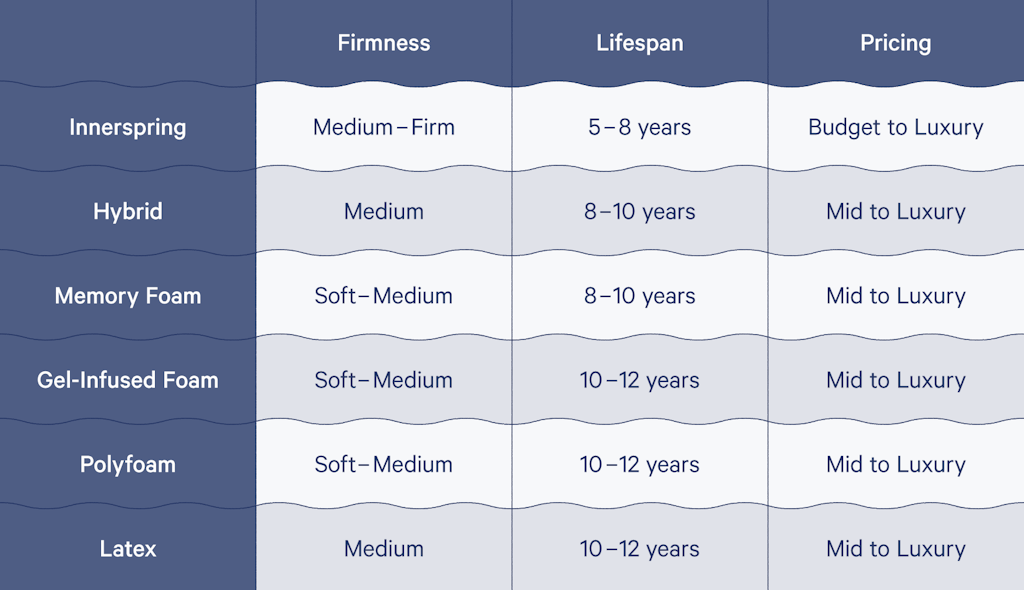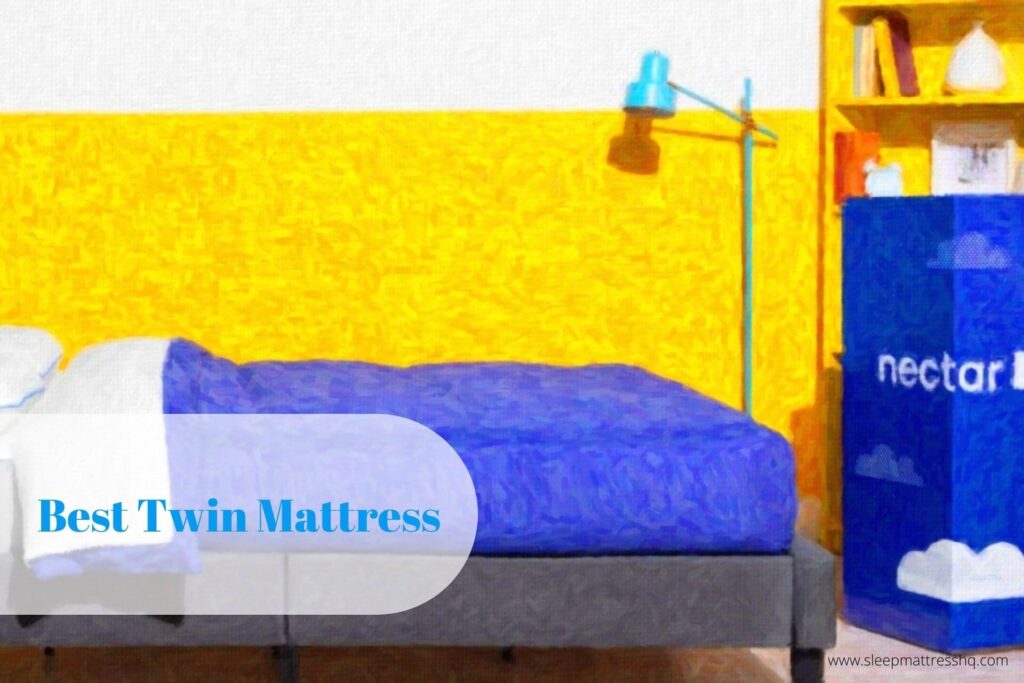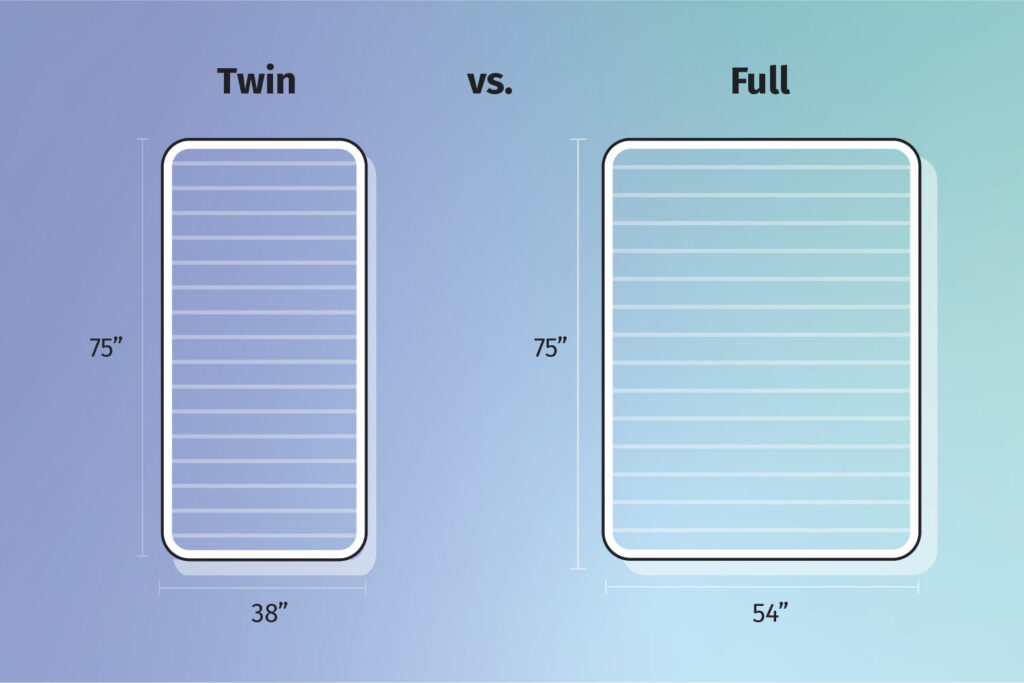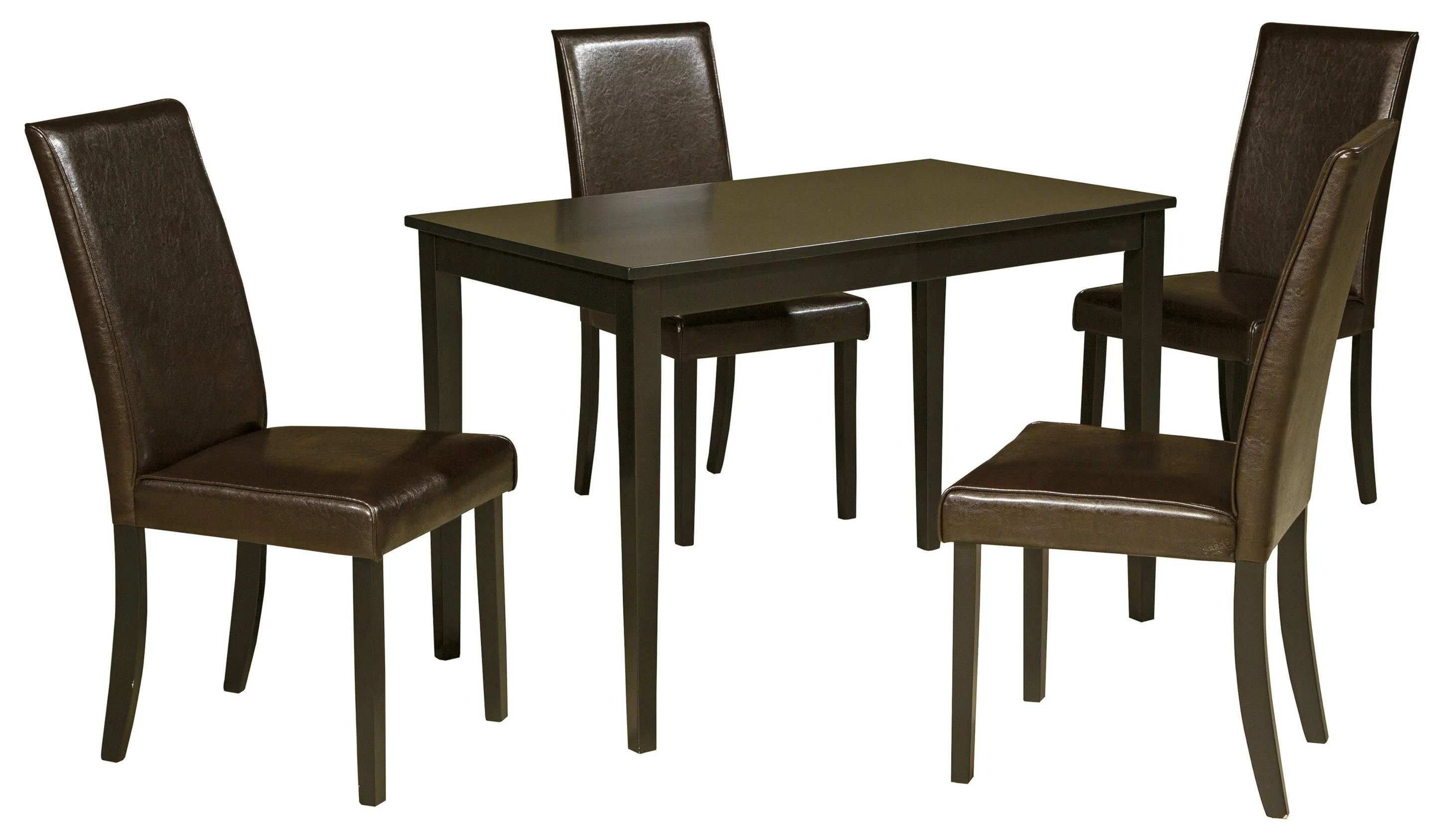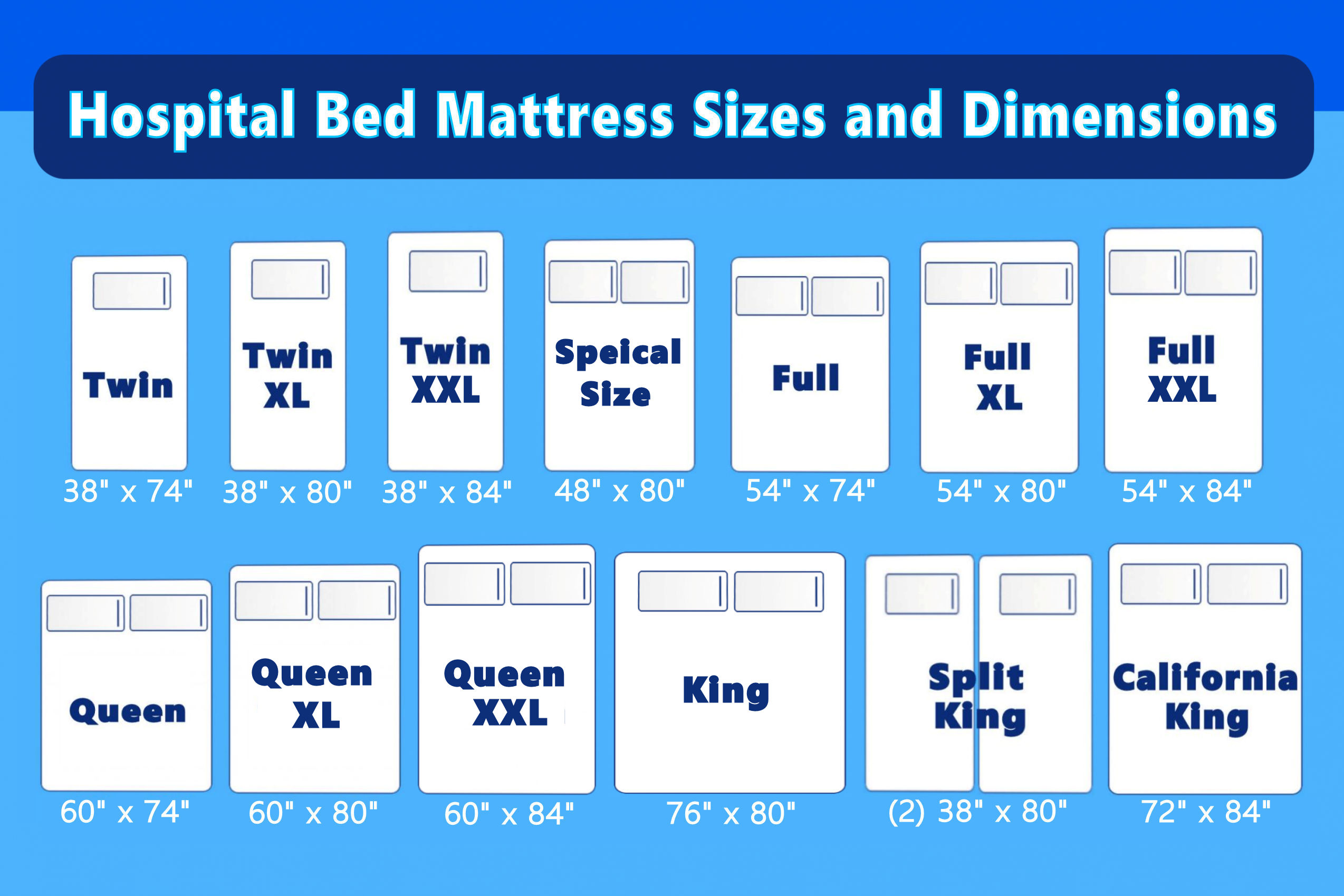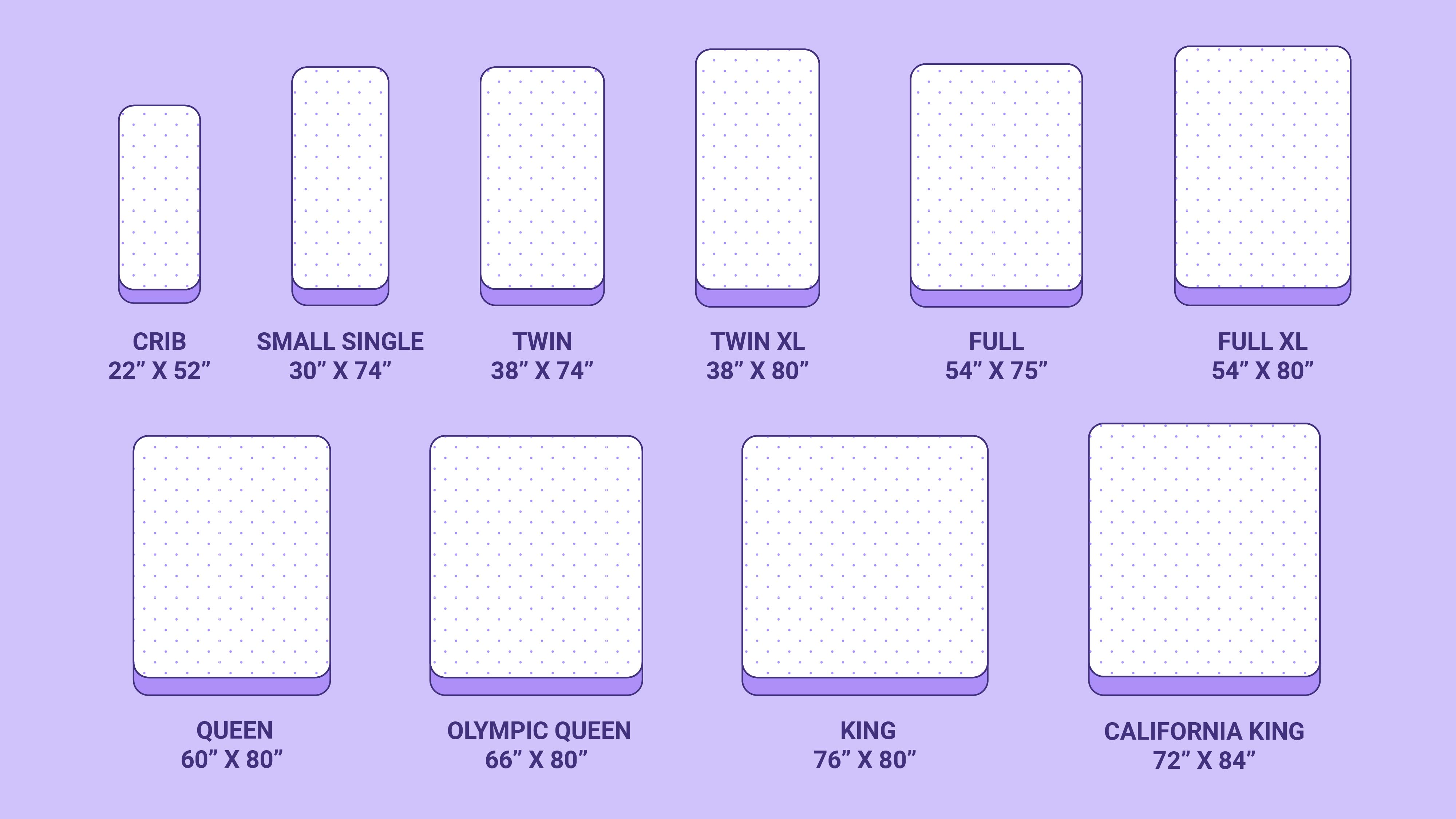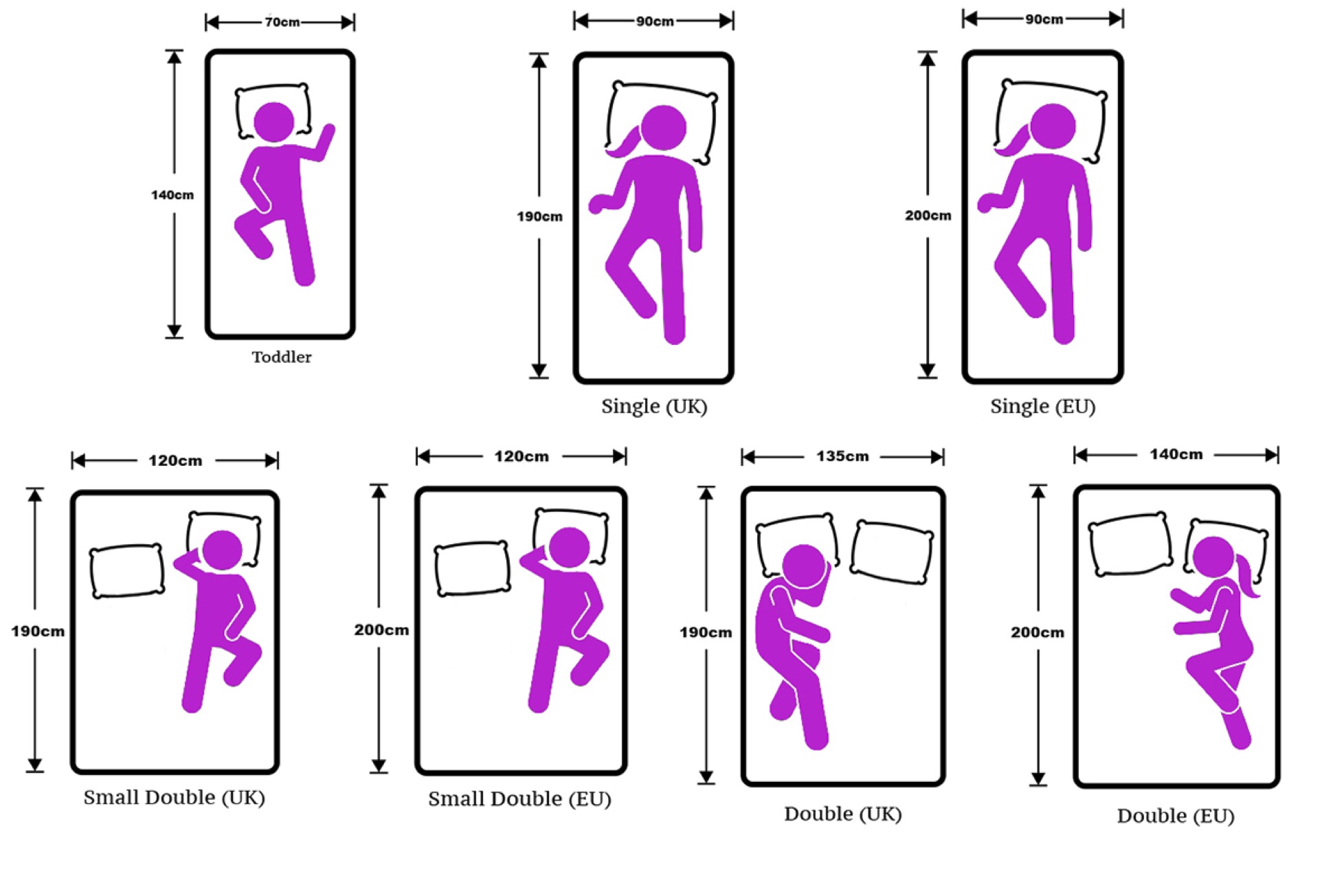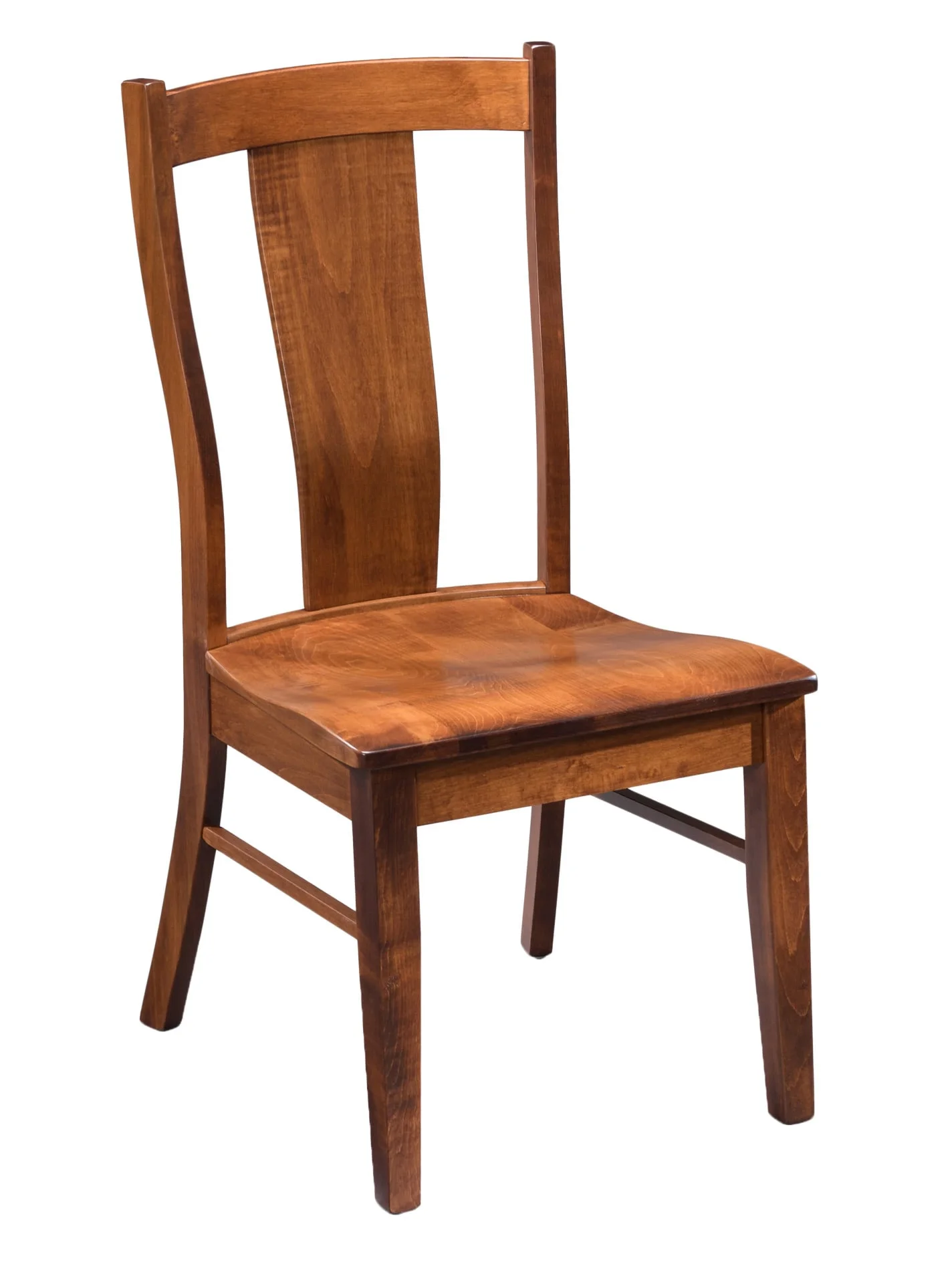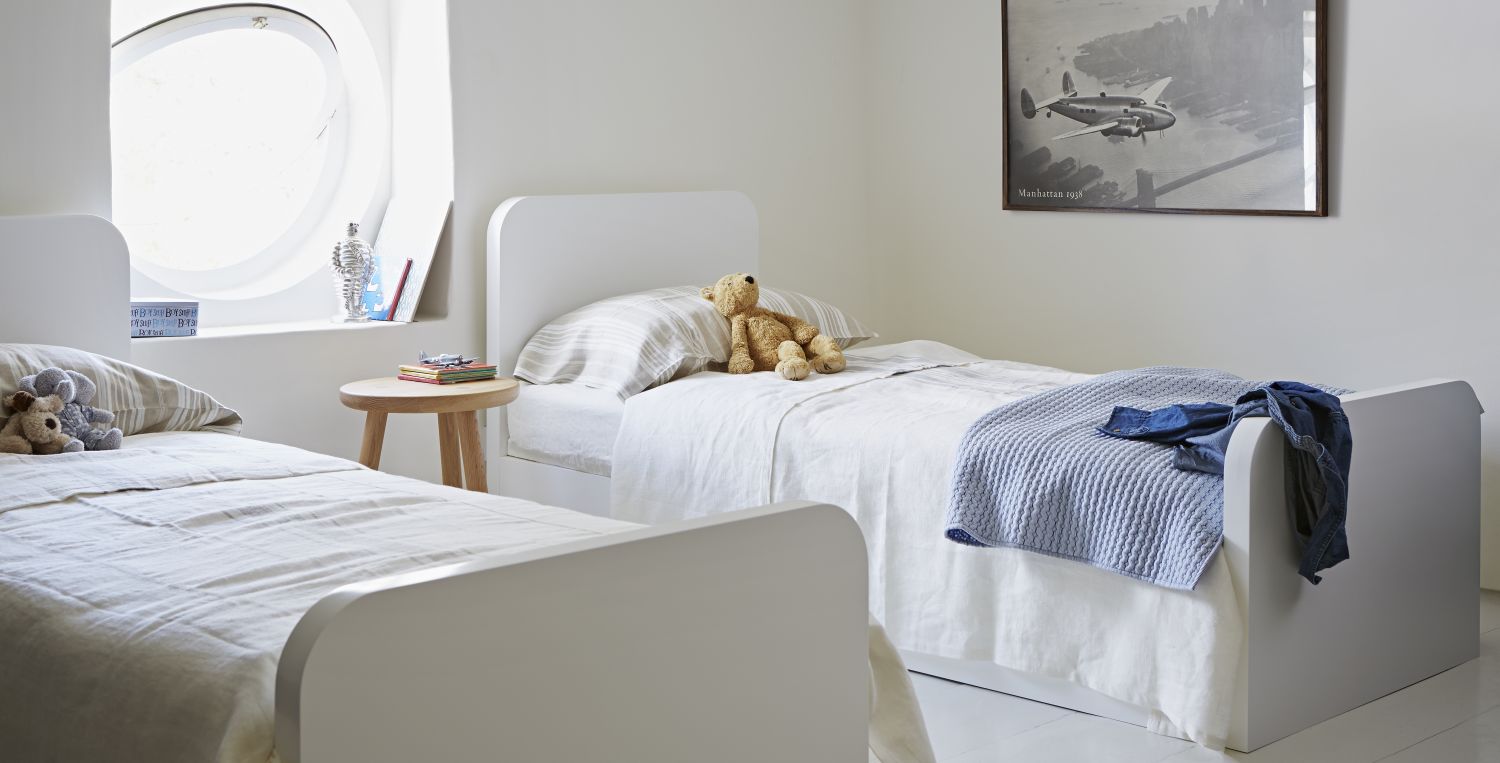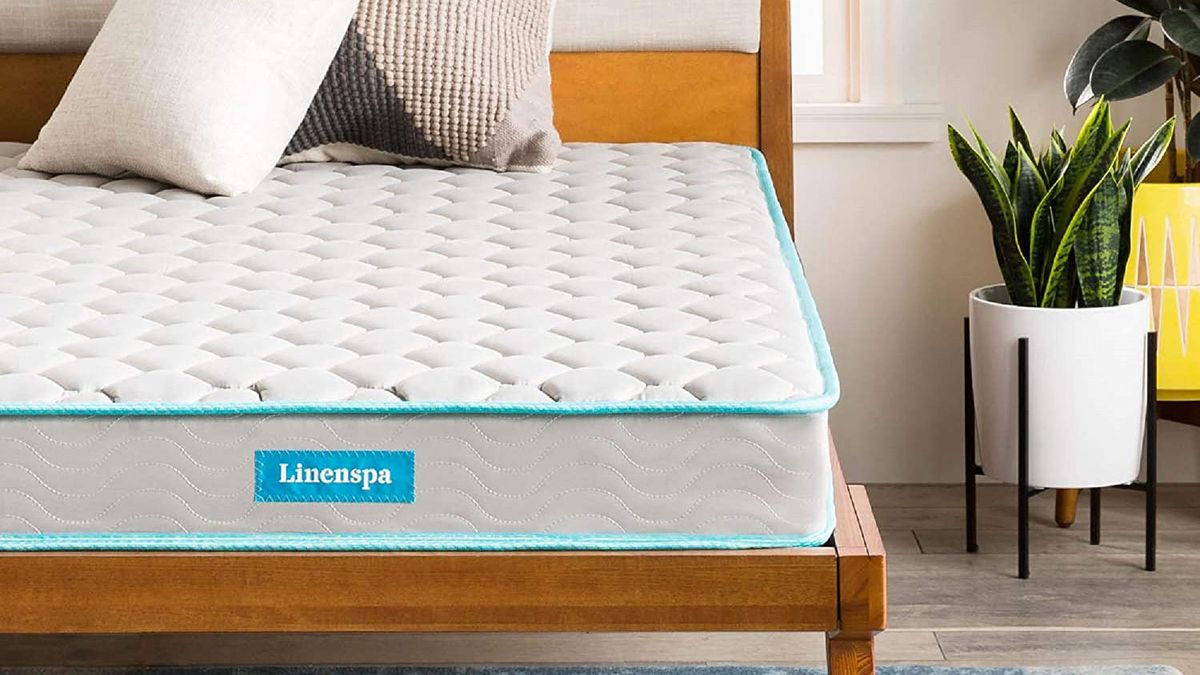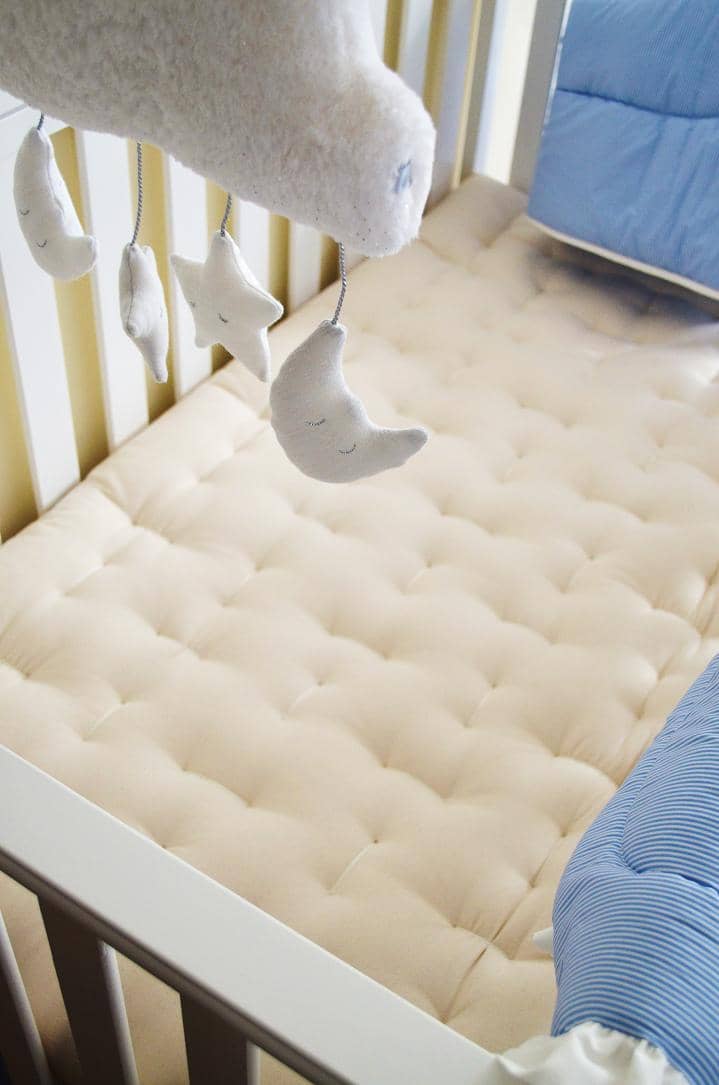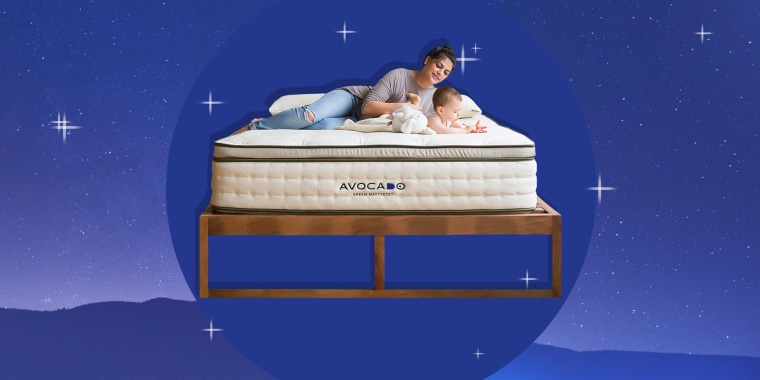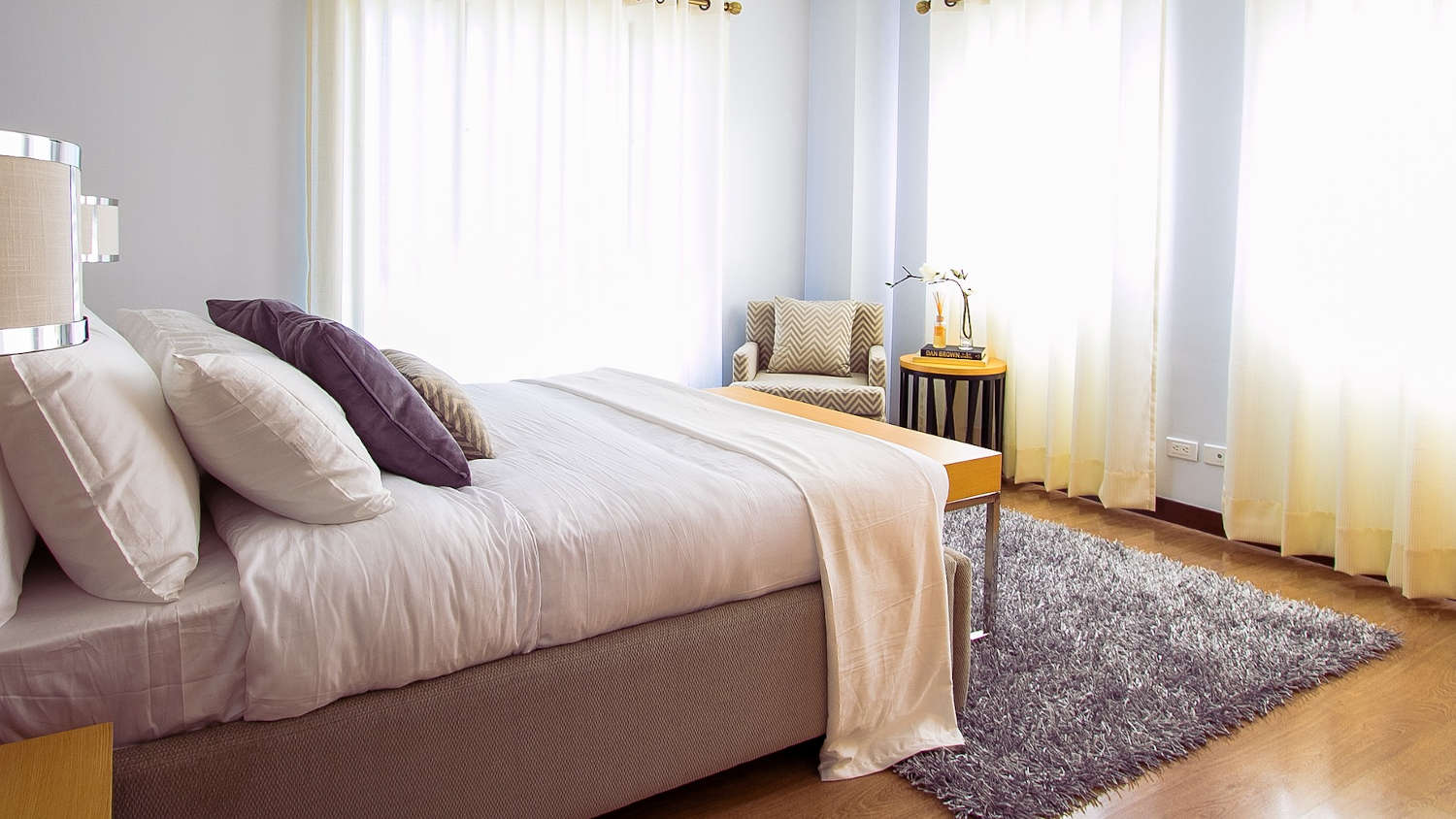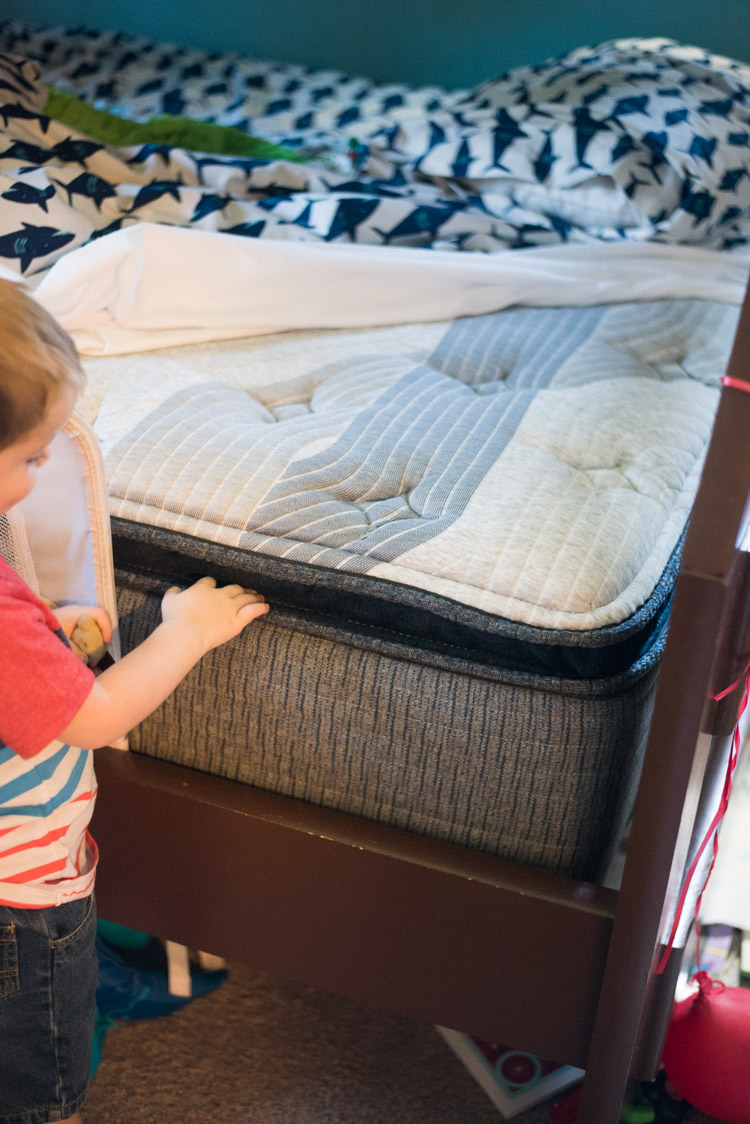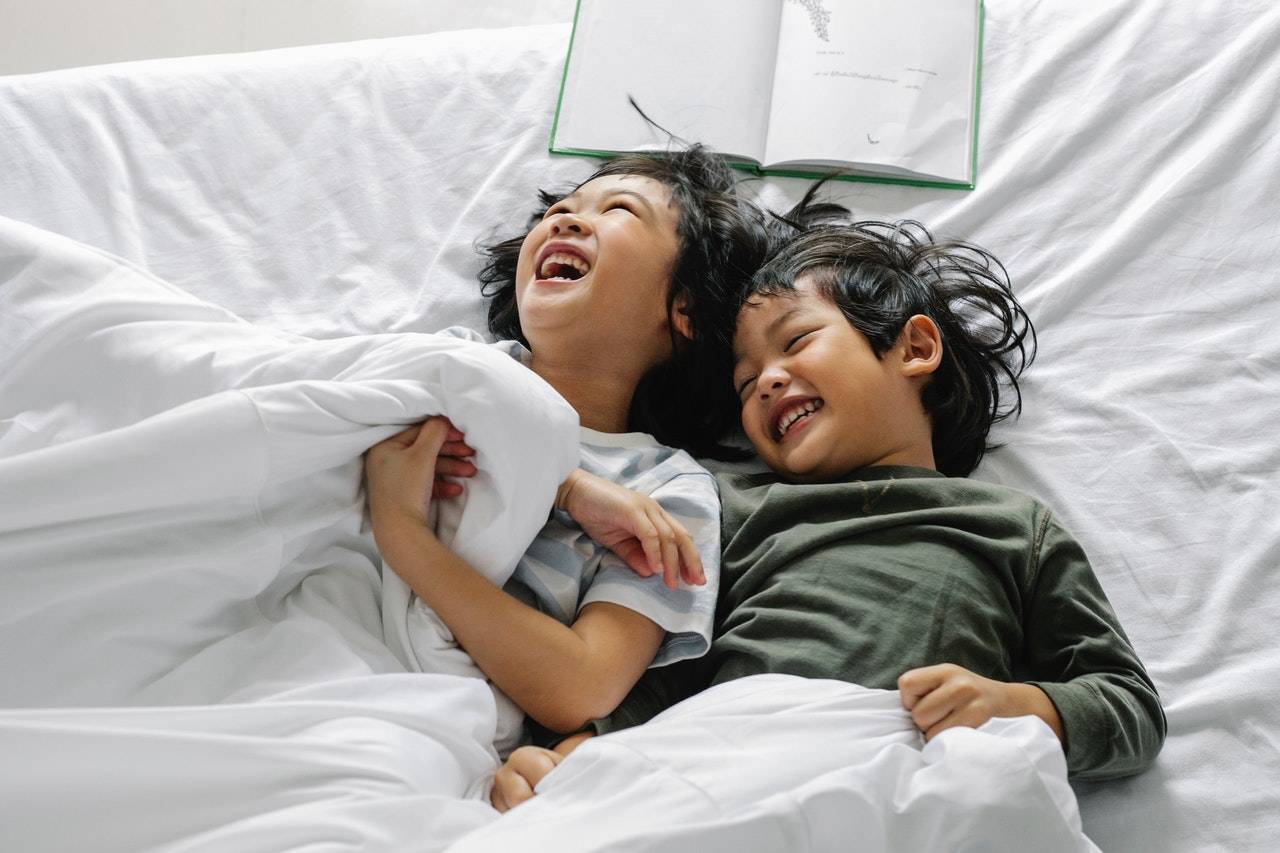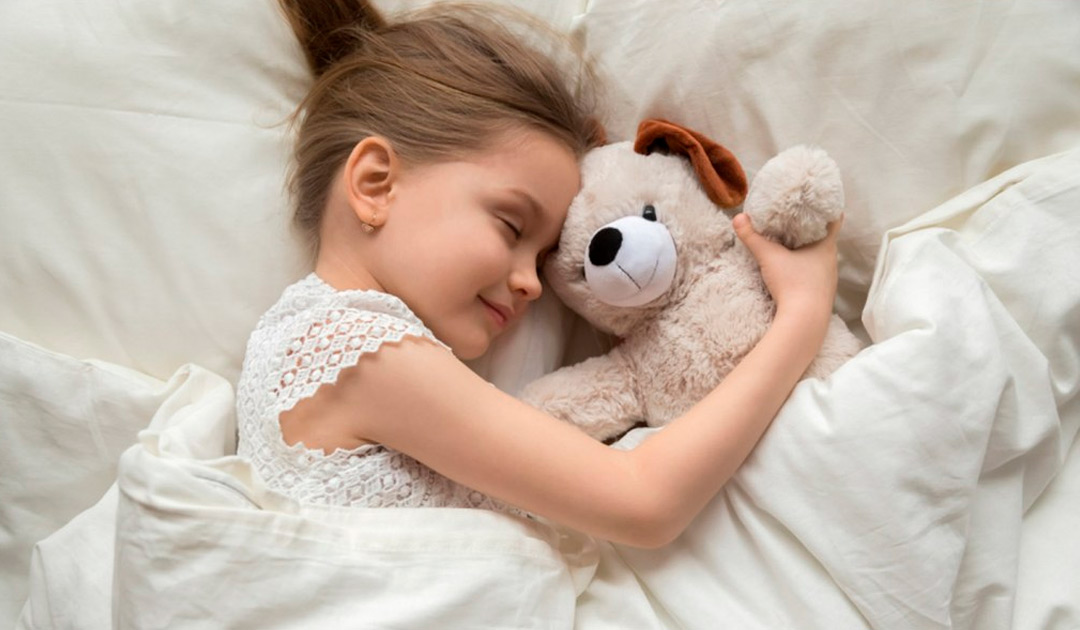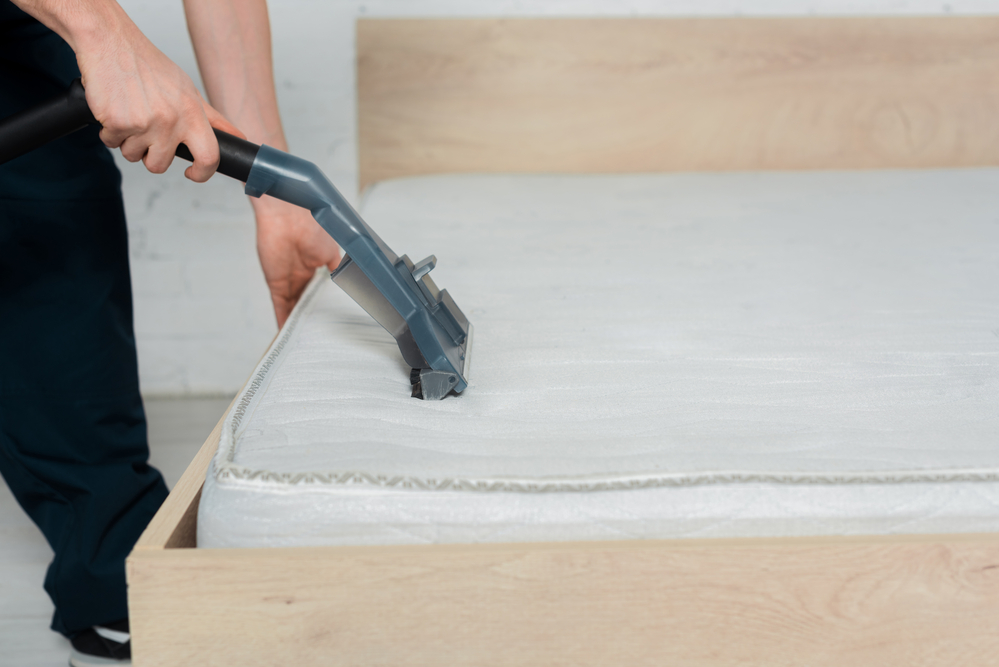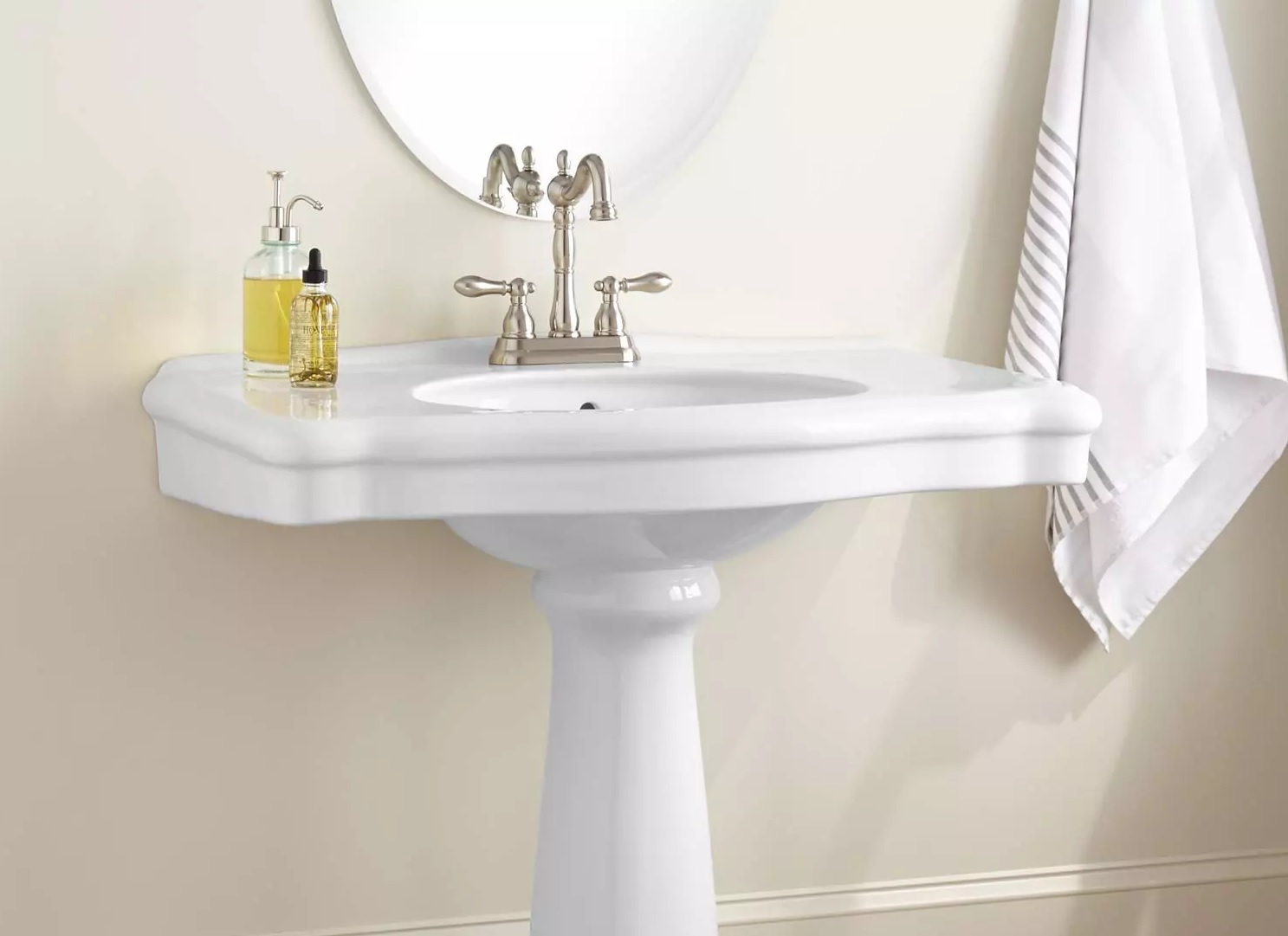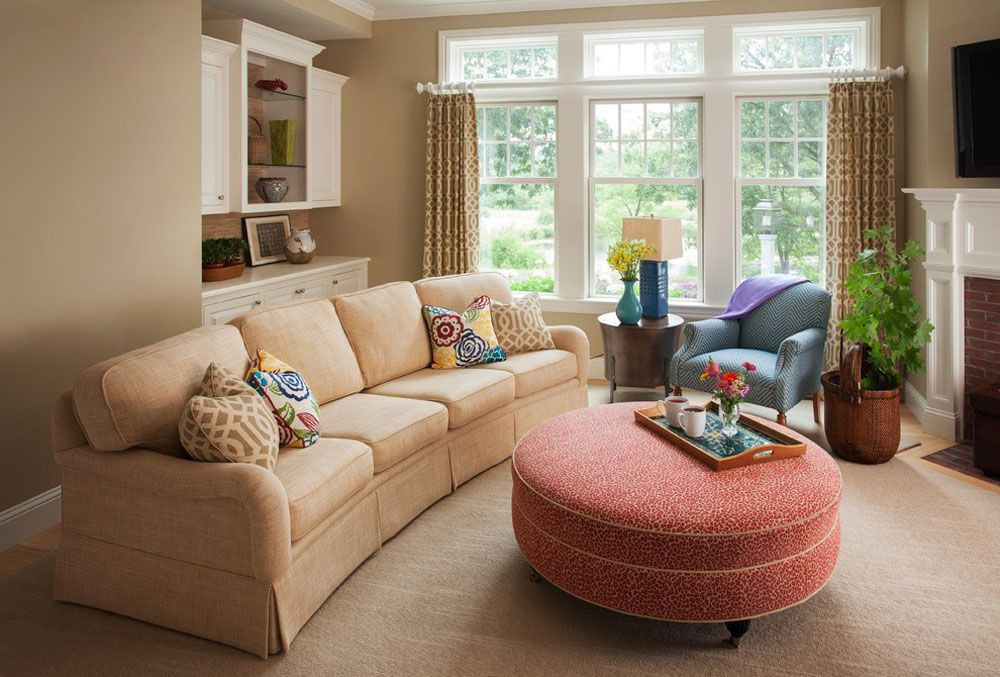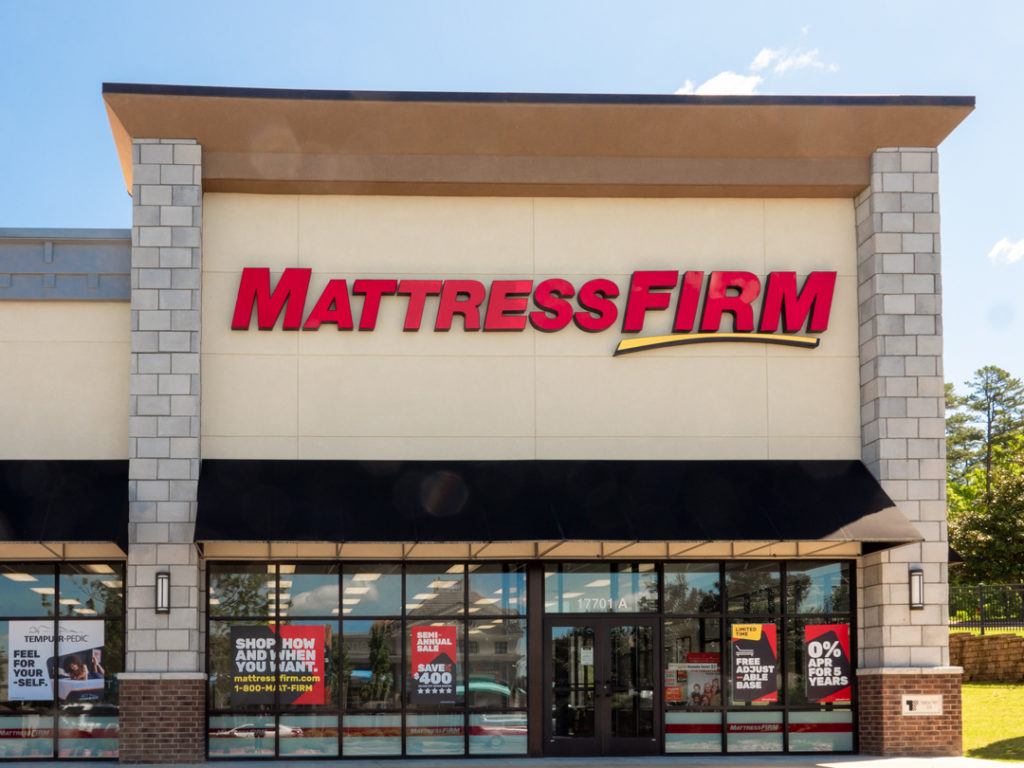When it comes to choosing a mattress for your child, the options can be overwhelming. Two common options are baby mattresses and twin mattresses. While they may seem similar, there are some key differences between the two that you should consider before making a purchase. A baby mattress is designed specifically for infants and toddlers, while a twin mattress is meant for older children. Baby mattresses typically have a smaller size and are made with materials that cater to the needs of a growing baby. On the other hand, twin mattresses are larger and offer more support for a child's developing body. When deciding between a baby mattress and a twin mattress, it's important to consider the age and needs of your child to ensure they get the best sleep possible.1. Differences Between a Baby Mattress and a Twin Mattress
When it comes to choosing the right mattress for your child, there are a few factors to consider. First, think about the age and size of your child. If they are an infant or toddler, a baby mattress may be the best option as it is specifically designed for their smaller bodies. If your child is older and in need of a bigger bed, a twin mattress may be the better choice. Additionally, consider your child's sleeping habits and any specific needs they may have, such as allergies or sensitivities to certain materials. Ultimately, the right mattress for your child will depend on their individual needs and preferences.2. Choosing the Right Mattress for Your Child
One of the most obvious differences between a baby mattress and a twin mattress is the size. A standard baby mattress is usually around 27 inches wide and 52 inches long, while a twin mattress is typically 38 inches wide and 75 inches long. This means that a twin mattress offers more space for a growing child and can accommodate them as they get older. However, if your child is still an infant or toddler, a baby mattress may be the more appropriate size for their smaller body. When considering the size difference, also keep in mind the available space in your child's bedroom. A twin mattress may not be feasible if the room is small or if your child shares a room with a sibling.3. Size Comparison: Baby Mattress vs Twin Mattress
Safety is always a top priority when it comes to choosing a mattress for your child. Thankfully, both baby mattresses and twin mattresses are designed with safety in mind. Baby mattresses are required to meet certain safety standards, such as being firm and fitting snugly in the crib. They also often have waterproof covers to protect against accidents and spills. Twin mattresses also have safety features, such as being flame-resistant and having a supportive structure for growing bodies. However, it's important to always check for safety certifications and make sure the mattress is free of any harmful chemicals.4. Safety Considerations for Baby Mattresses and Twin Mattresses
The materials used in a mattress can greatly affect its comfort and support. Baby mattresses are typically made with materials that cater to the needs of infants and toddlers, such as firmer foam and hypoallergenic covers. On the other hand, twin mattresses often have a wider range of materials, including memory foam, innerspring coils, and latex. These materials offer different levels of support and comfort, making it easier to find the right fit for your child. Be sure to research the materials used in both baby mattresses and twin mattresses to determine which is best for your child's needs and preferences.5. Materials Used in Baby Mattresses vs Twin Mattresses
When it comes to price, baby mattresses and twin mattresses can vary greatly. Baby mattresses tend to be less expensive as they are smaller and made with simpler materials. However, some high-end baby mattresses can be just as expensive as twin mattresses. Twin mattresses, on the other hand, can range in price depending on the materials used and brand. They also offer a wider range of options, from budget-friendly to luxury mattresses. Consider your budget and what you are willing to spend on a mattress for your child. Remember, a good quality mattress is an investment in their health and well-being.6. Price Comparison: Baby Mattress vs Twin Mattress
Another factor to consider when choosing a mattress for your child is its durability. Baby mattresses are designed to last for the first few years of a child's life, as they will eventually outgrow it and need a larger bed. Twin mattresses, on the other hand, are meant to last for several years as a child grows and develops. This means they are often made with sturdier materials and can withstand more wear and tear. Consider how long you expect your child to use the mattress and choose one that will last for their specific needs.7. Durability of Baby Mattresses vs Twin Mattresses
Comfort is, of course, a crucial factor when it comes to choosing a mattress for your child. Baby mattresses are designed to provide the right amount of support for a developing body, while also being firm enough for safety. Twin mattresses offer a wider range of comfort options, from firmer innerspring coils to plush memory foam. This allows you to choose a mattress that best suits your child's comfort preferences. Remember to also consider any specific needs your child may have, such as allergies or sensitivities, and choose a mattress that caters to those needs.8. Comfort Differences Between Baby Mattresses and Twin Mattresses
If you are environmentally conscious, you may be wondering about eco-friendly options for baby mattresses and twin mattresses. Thankfully, there are many options available for both types of mattresses. Baby mattresses often use organic materials, such as cotton or wool, to create a more natural and eco-friendly option. Twin mattresses also have eco-friendly options, such as latex or bamboo mattresses. Be sure to research the materials used in the mattress and look for any certifications to ensure it is truly eco-friendly.9. Eco-Friendly Options for Baby Mattresses and Twin Mattresses
Now that you know the key differences between baby mattresses and twin mattresses, here are some tips to help you choose the best mattress for your child:10. Tips for Choosing the Best Mattress for Your Child's Needs
The Differences Between a Baby Mattress and a Twin Mattress
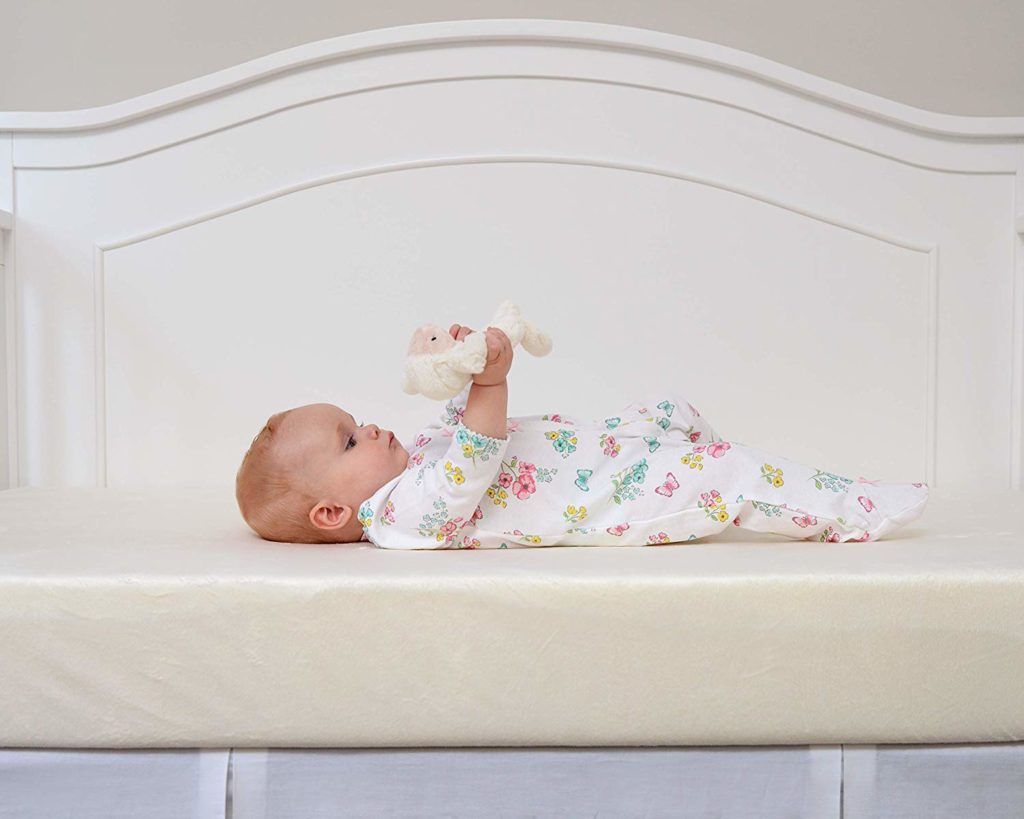
Choosing the Right Mattress for Your Little One
 When it comes to designing a nursery or child's bedroom, one of the most important decisions parents make is choosing the right mattress. After all, a comfortable and supportive mattress is essential for a good night's sleep and proper development. But with so many options on the market, it can be overwhelming to decide between a baby mattress and a twin mattress. Here are the key differences between the two to help you make an informed decision.
Baby Mattress
A baby mattress is specifically designed for infants and young children. It is typically smaller in size to fit into a crib or bassinet, and is made with firmer materials to provide proper support for a baby's growing bones. It is also important to note that a baby mattress should be firm enough to prevent the risk of suffocation or Sudden Infant Death Syndrome (SIDS). Most baby mattresses are made with hypoallergenic materials, making them safe for sensitive newborn skin.
Twin Mattress
On the other hand, a twin mattress is larger in size and more suitable for older children. It is typically used in a child's first "big kid" bed or a shared bedroom with a sibling. Twin mattresses are designed to be more comfortable and offer more support for growing bodies. They come in various materials, such as memory foam, innerspring, and hybrid, to cater to different needs and preferences.
The Main Differences
The main difference between a baby mattress and a twin mattress is the size and support level. A baby mattress is smaller and firmer, while a twin mattress is larger and more comfortable. Additionally, a baby mattress is designed for infants and young children, while a twin mattress is suitable for older children and teenagers. It is also worth mentioning that a baby mattress has a shorter lifespan compared to a twin mattress, as children will eventually outgrow it and require a larger bed.
Conclusion
In conclusion, the decision between a baby mattress and a twin mattress depends on your child's age and needs. If you have an infant or young child, a baby mattress is the best option for their safety and development. However, if you have an older child, a twin mattress would be a more suitable choice. Whichever you choose, make sure to consider the size, support level, and materials to provide your child with a comfortable and restful sleep.
When it comes to designing a nursery or child's bedroom, one of the most important decisions parents make is choosing the right mattress. After all, a comfortable and supportive mattress is essential for a good night's sleep and proper development. But with so many options on the market, it can be overwhelming to decide between a baby mattress and a twin mattress. Here are the key differences between the two to help you make an informed decision.
Baby Mattress
A baby mattress is specifically designed for infants and young children. It is typically smaller in size to fit into a crib or bassinet, and is made with firmer materials to provide proper support for a baby's growing bones. It is also important to note that a baby mattress should be firm enough to prevent the risk of suffocation or Sudden Infant Death Syndrome (SIDS). Most baby mattresses are made with hypoallergenic materials, making them safe for sensitive newborn skin.
Twin Mattress
On the other hand, a twin mattress is larger in size and more suitable for older children. It is typically used in a child's first "big kid" bed or a shared bedroom with a sibling. Twin mattresses are designed to be more comfortable and offer more support for growing bodies. They come in various materials, such as memory foam, innerspring, and hybrid, to cater to different needs and preferences.
The Main Differences
The main difference between a baby mattress and a twin mattress is the size and support level. A baby mattress is smaller and firmer, while a twin mattress is larger and more comfortable. Additionally, a baby mattress is designed for infants and young children, while a twin mattress is suitable for older children and teenagers. It is also worth mentioning that a baby mattress has a shorter lifespan compared to a twin mattress, as children will eventually outgrow it and require a larger bed.
Conclusion
In conclusion, the decision between a baby mattress and a twin mattress depends on your child's age and needs. If you have an infant or young child, a baby mattress is the best option for their safety and development. However, if you have an older child, a twin mattress would be a more suitable choice. Whichever you choose, make sure to consider the size, support level, and materials to provide your child with a comfortable and restful sleep.




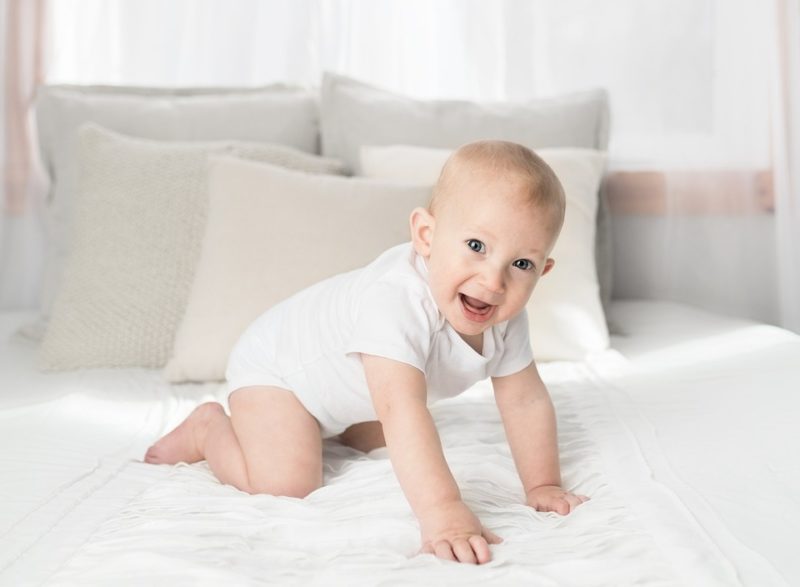
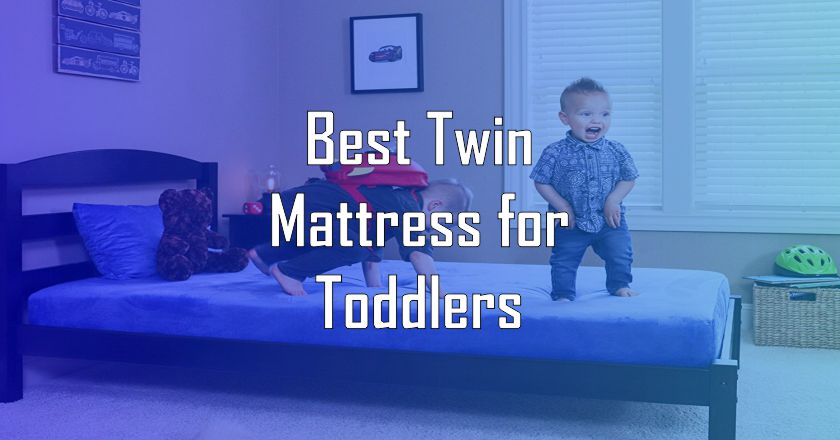


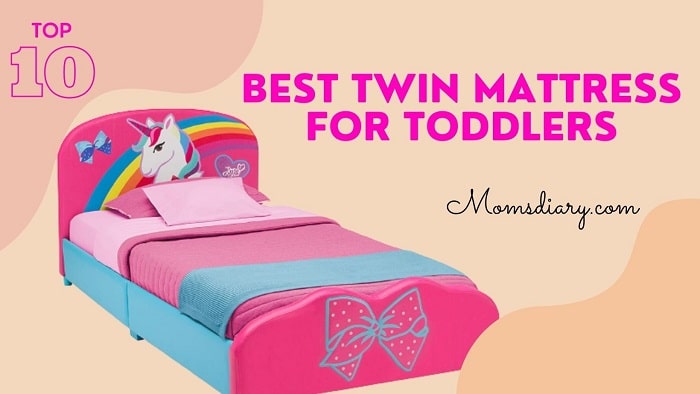
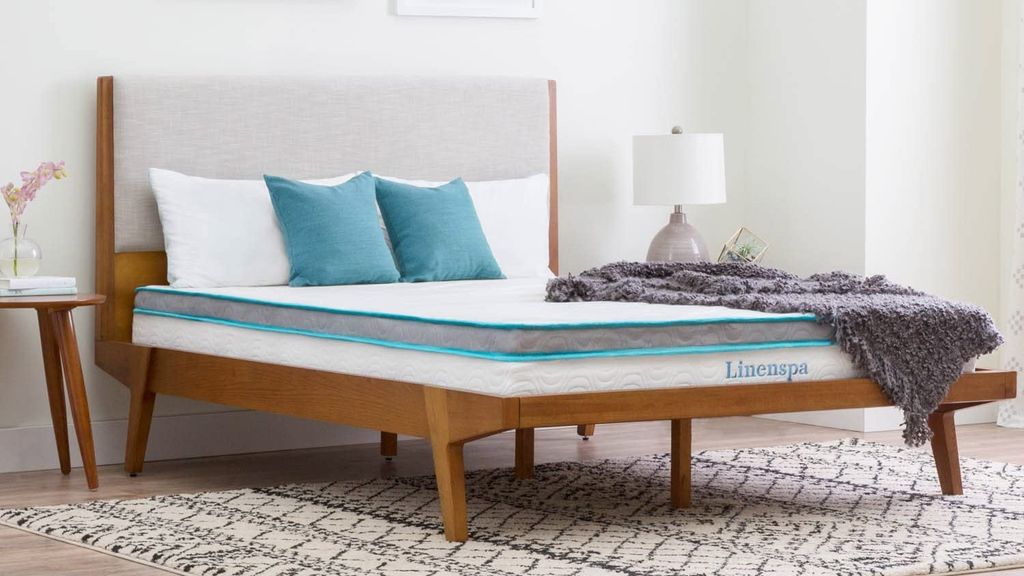
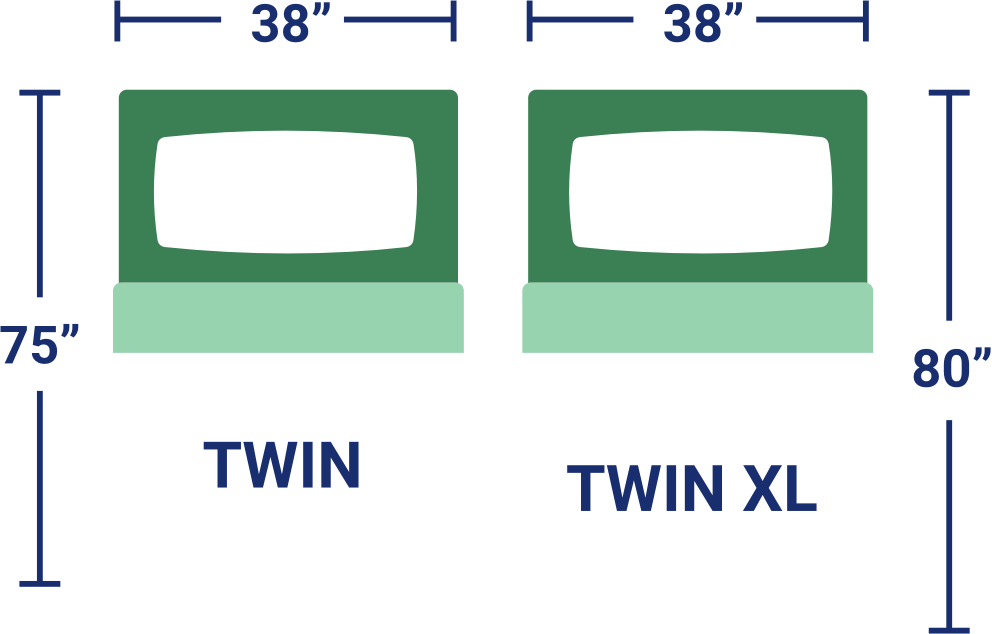
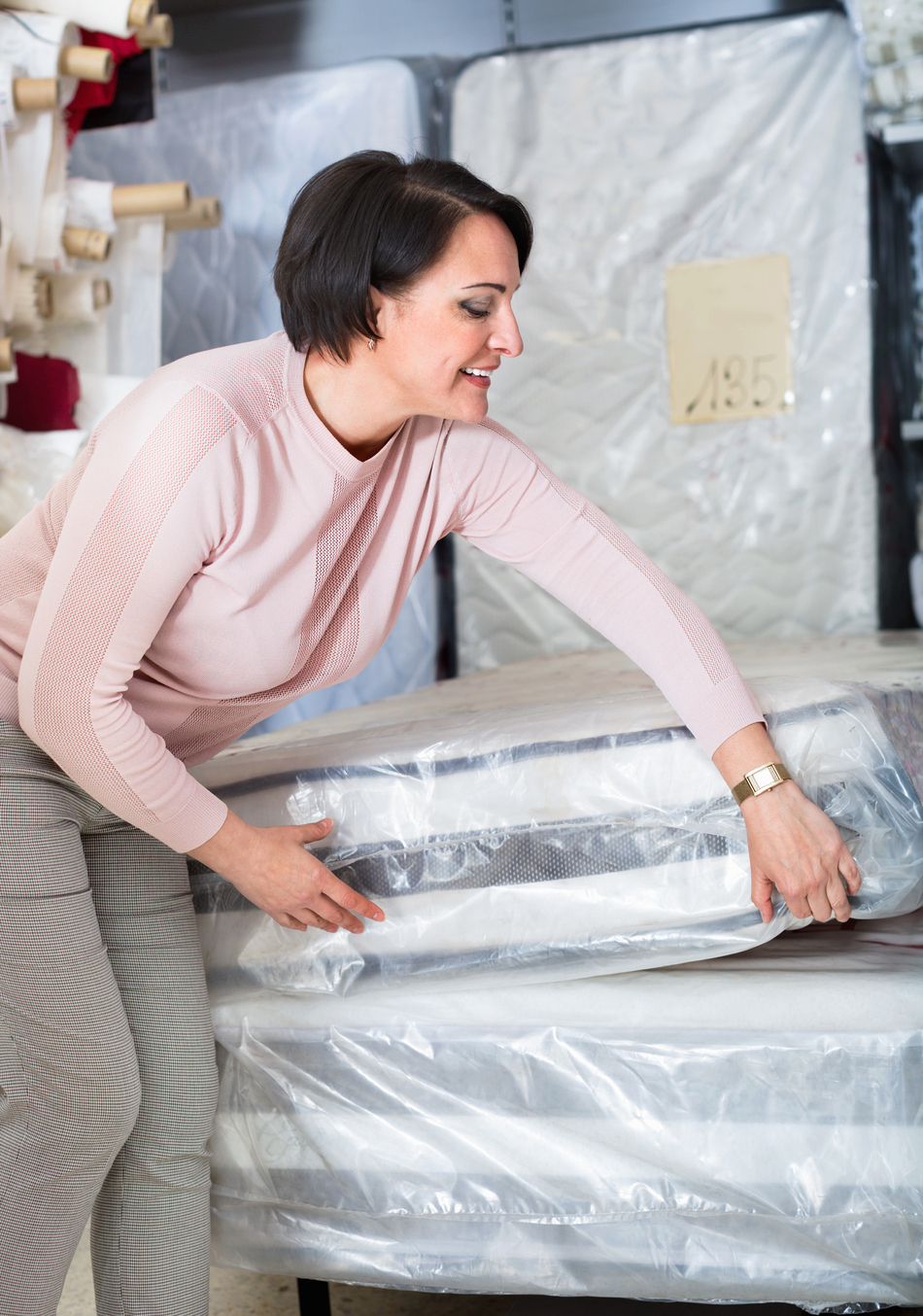




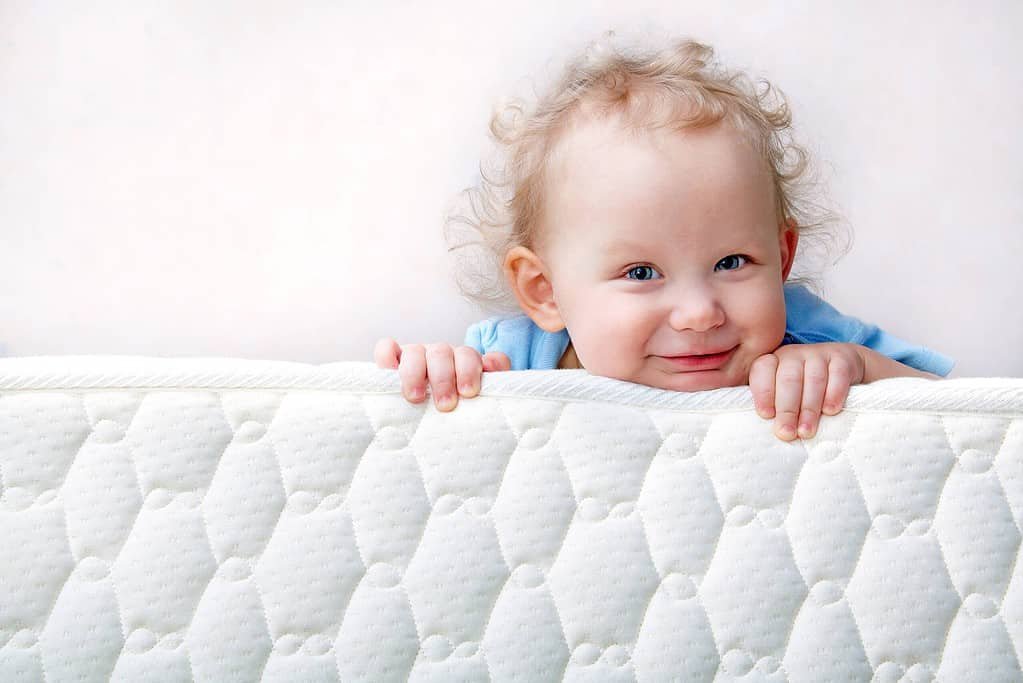

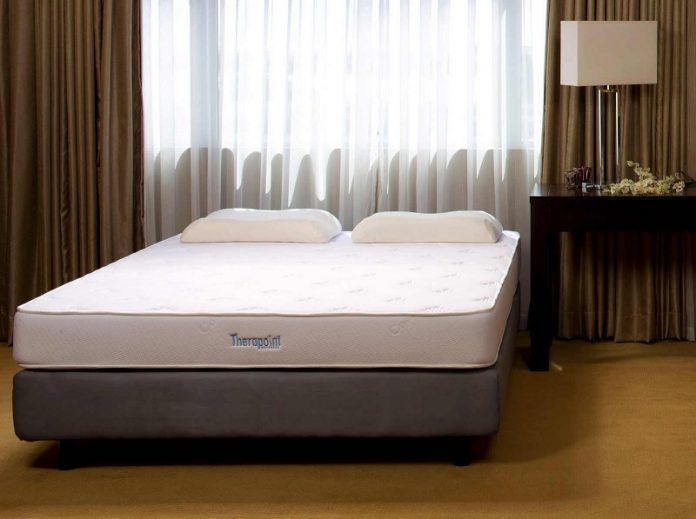




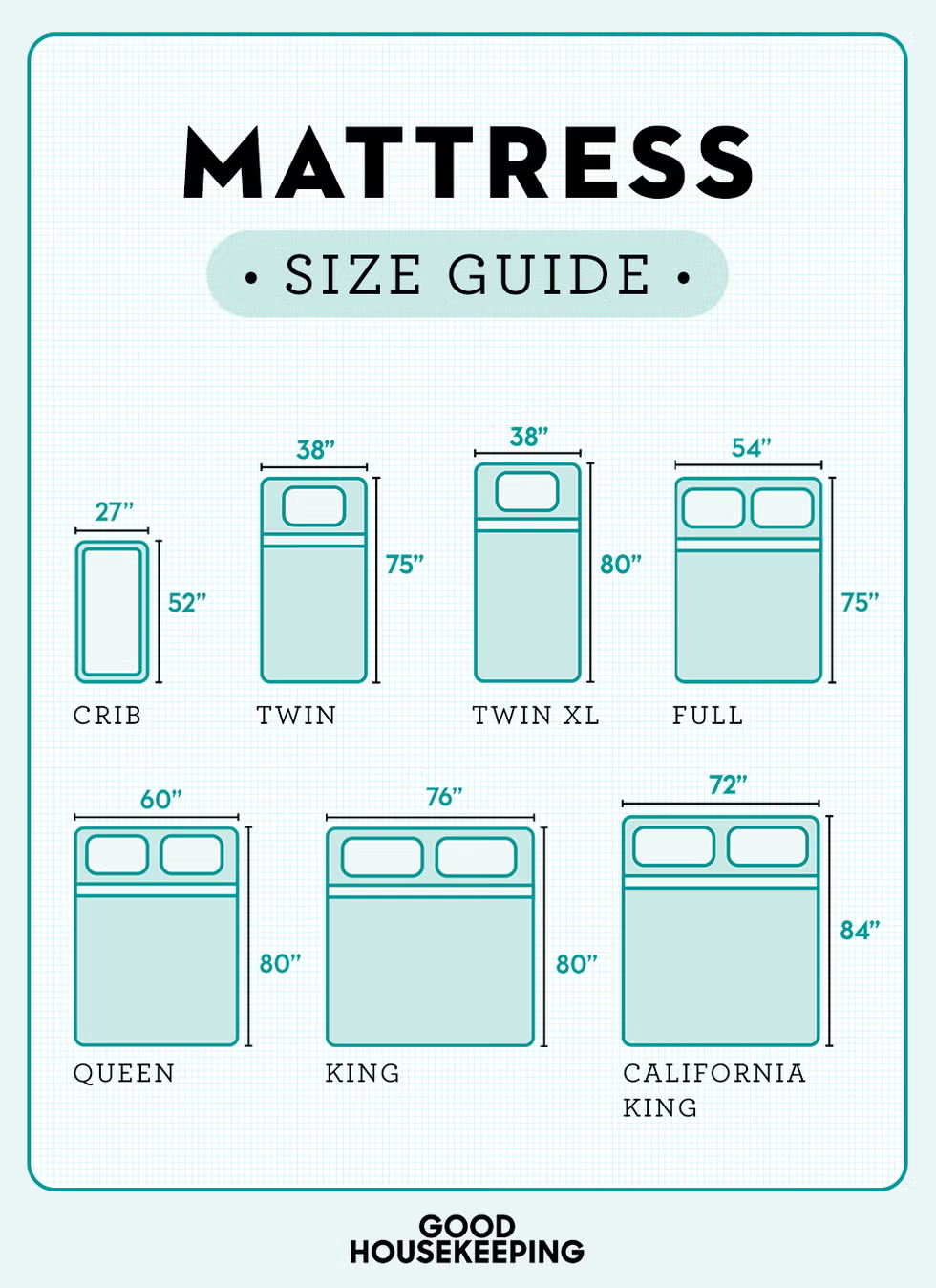


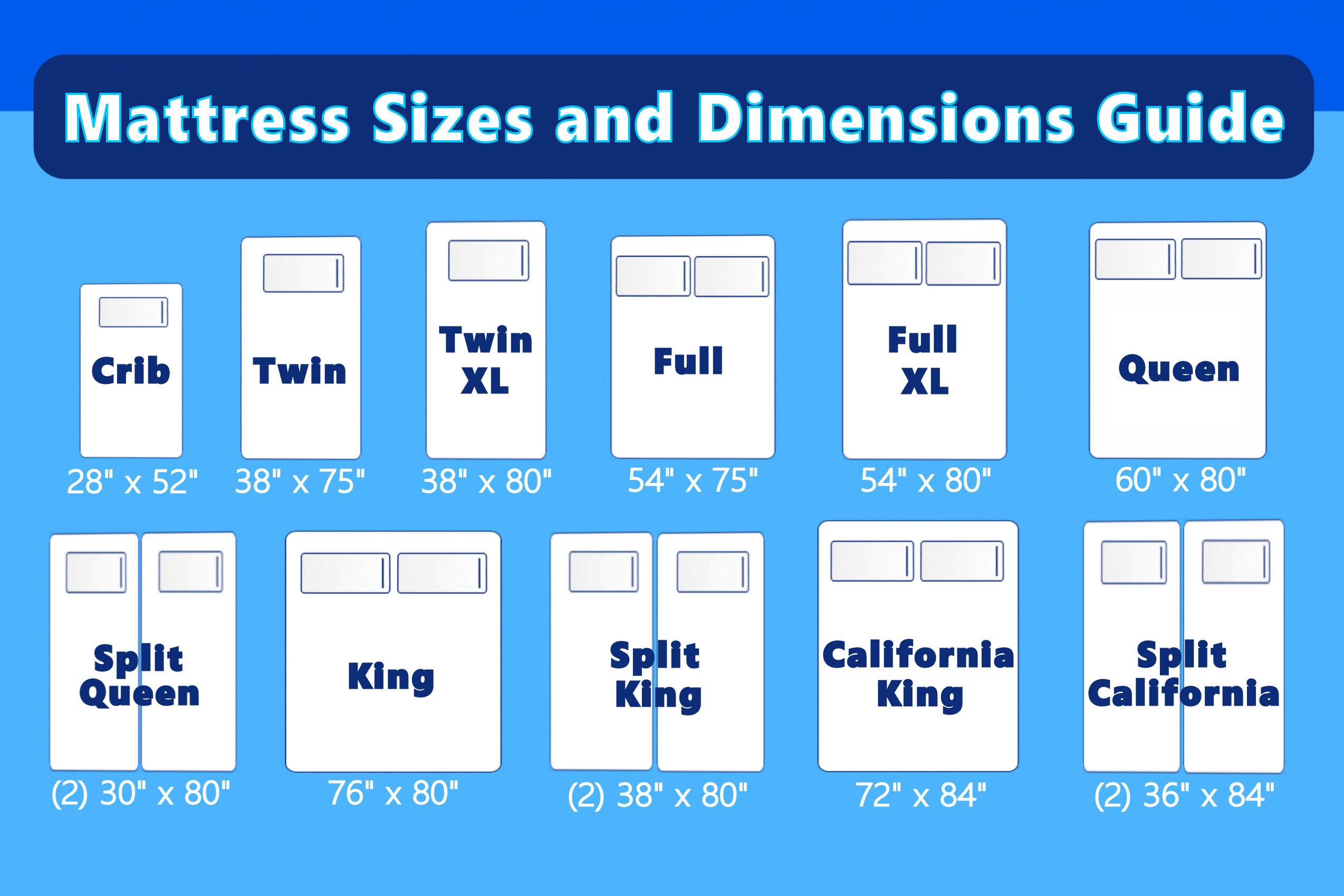
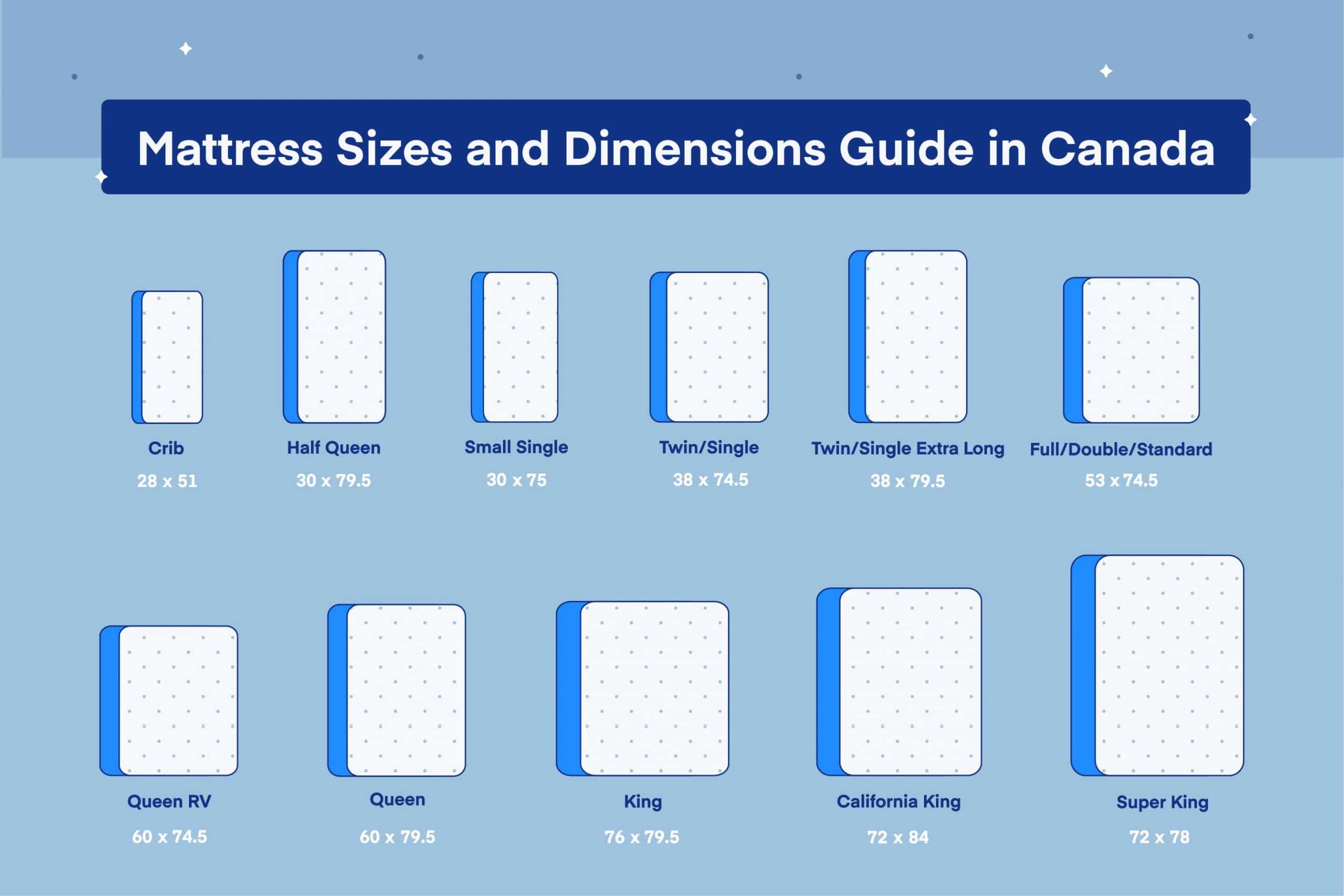

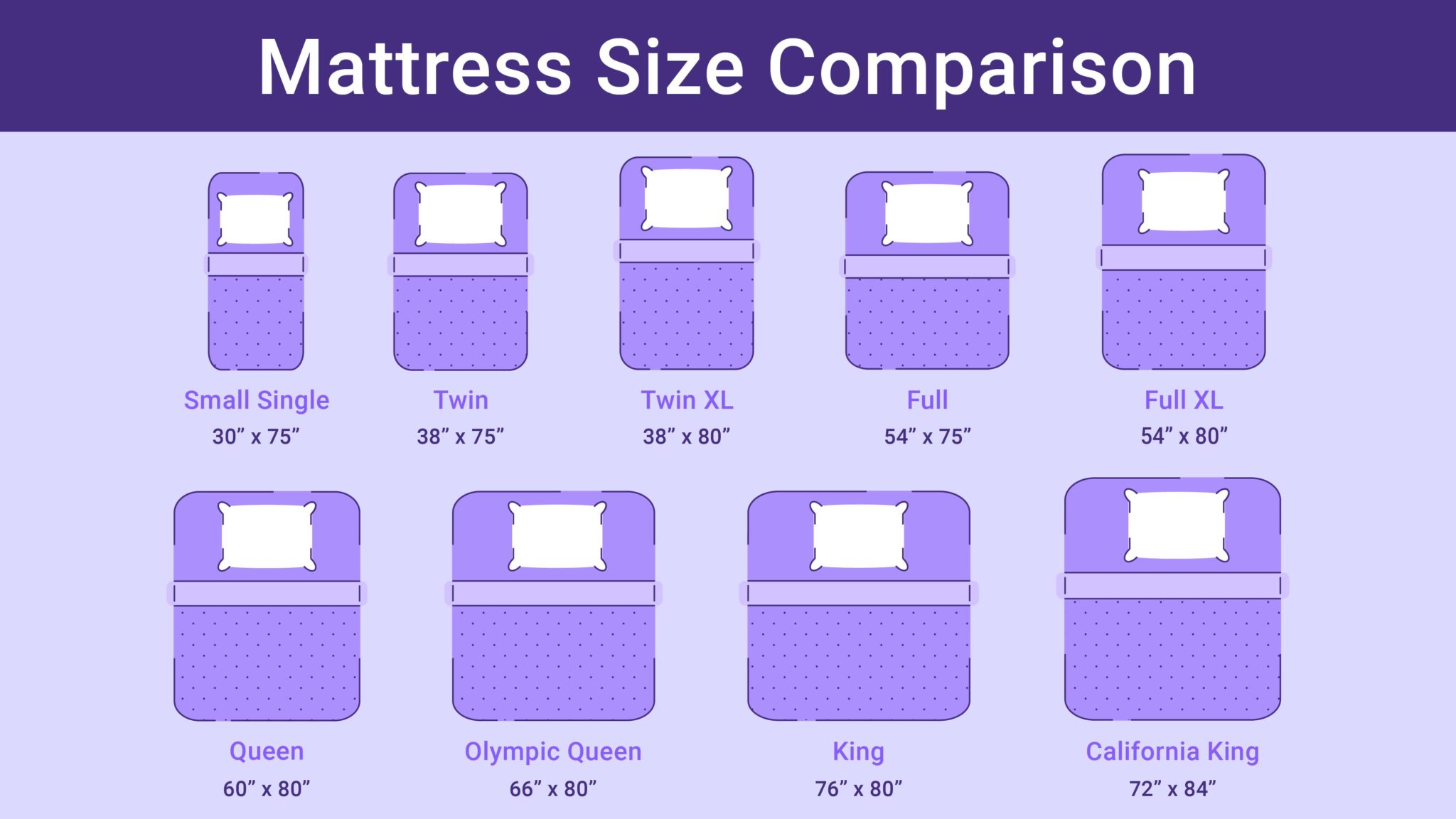
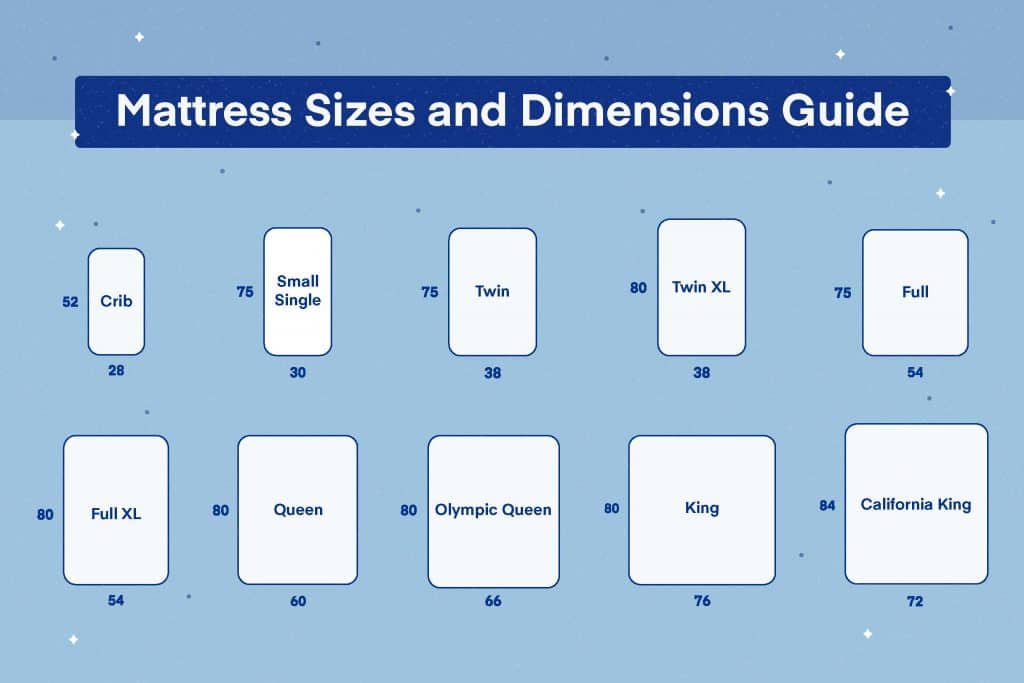

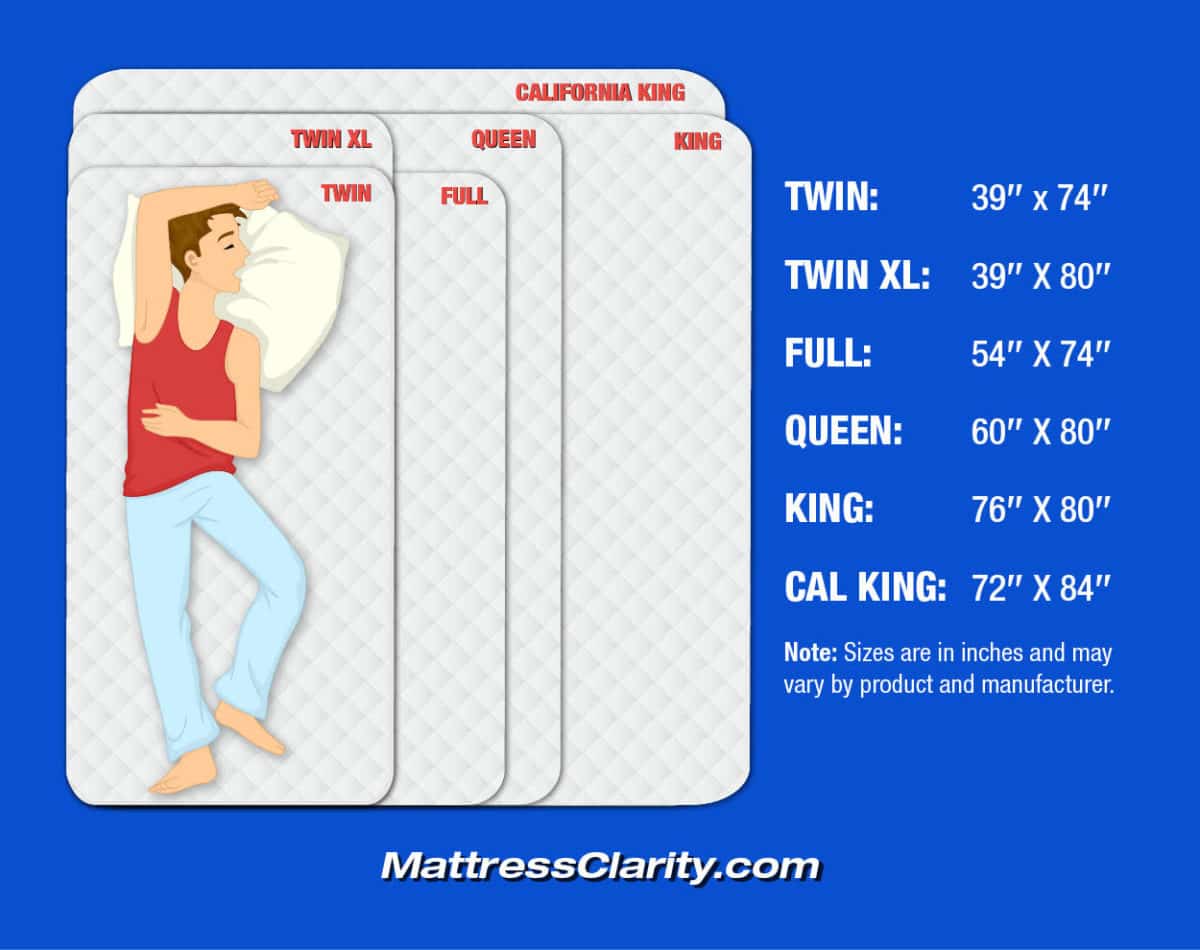

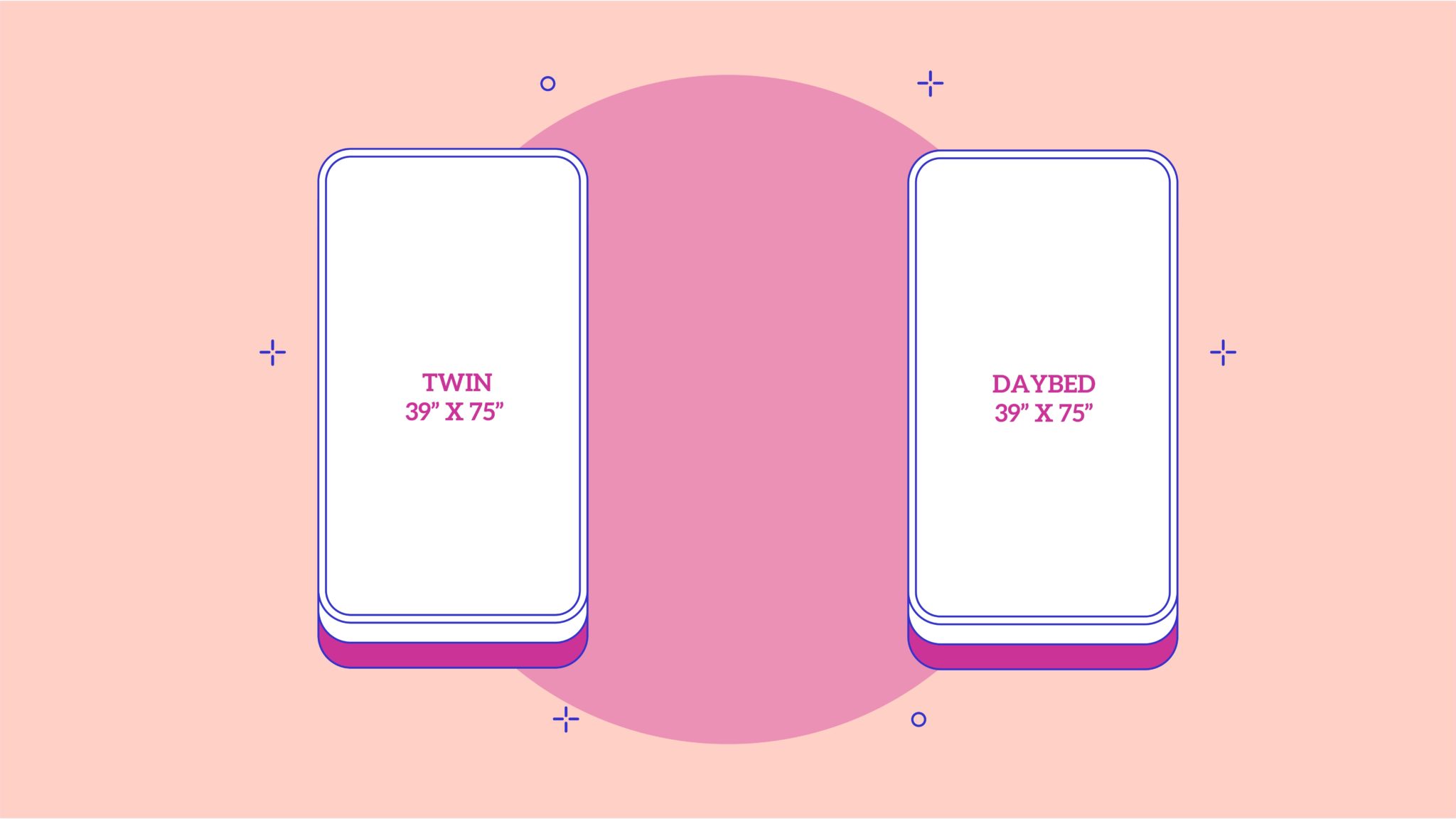
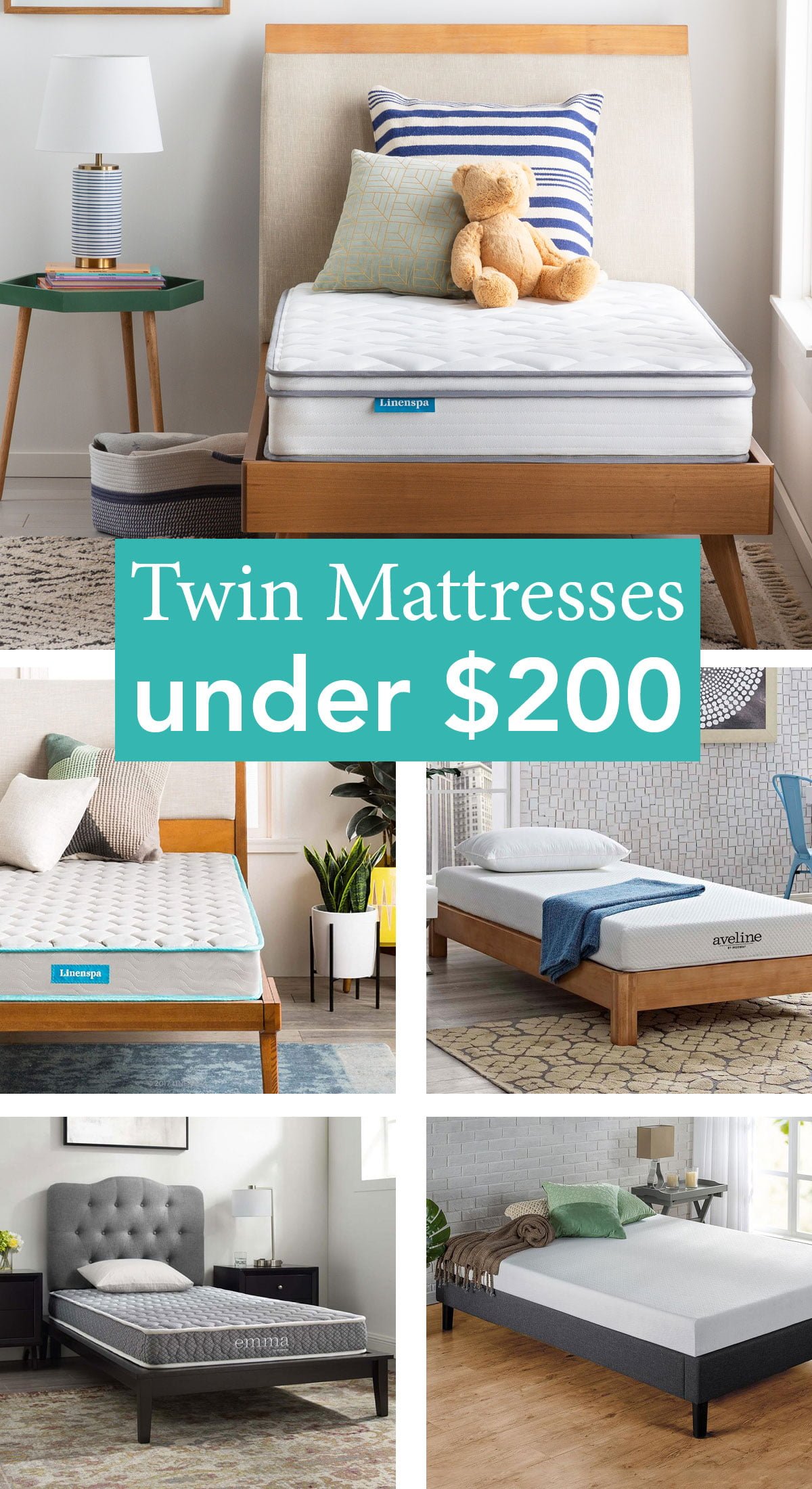
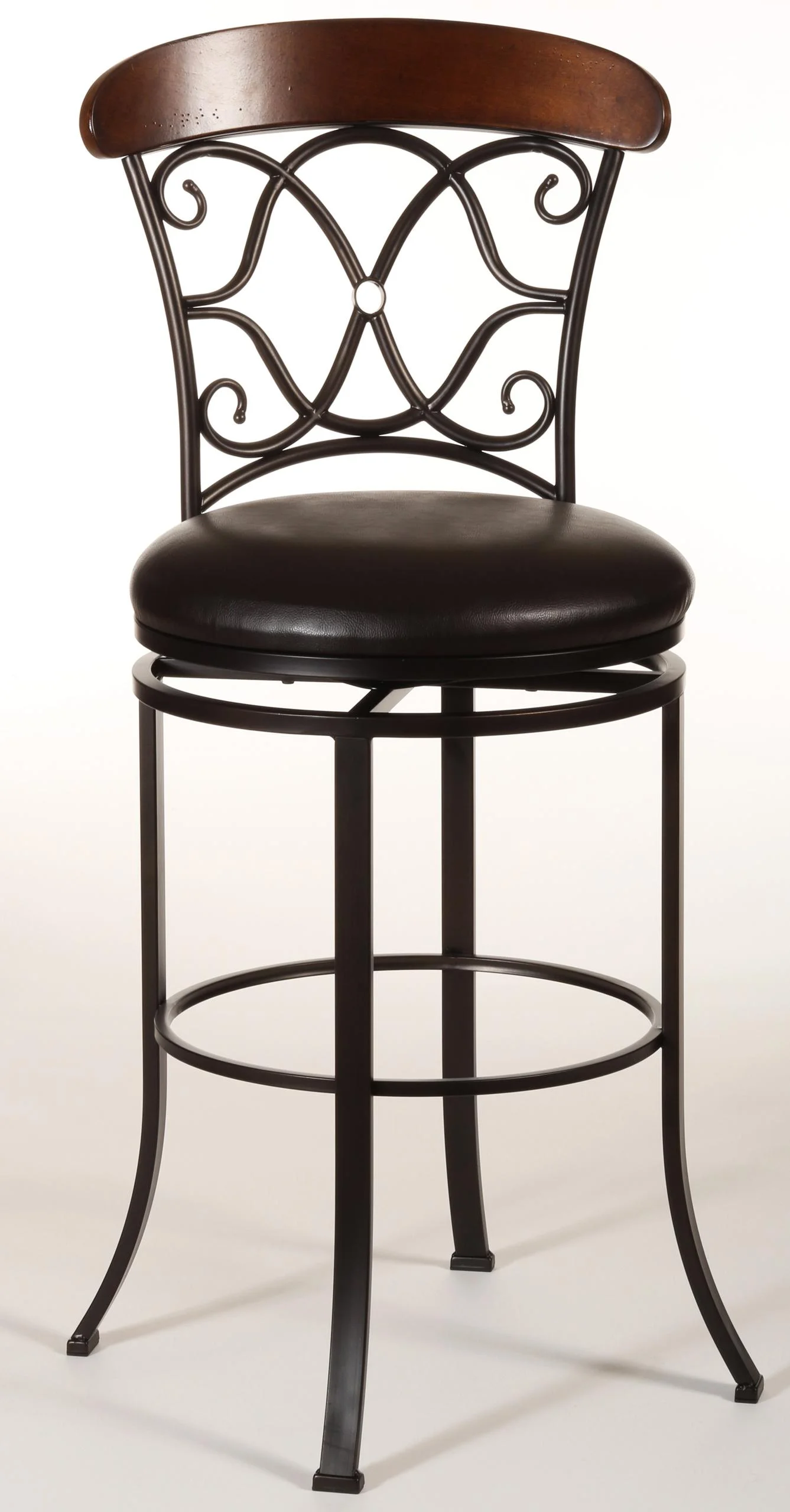

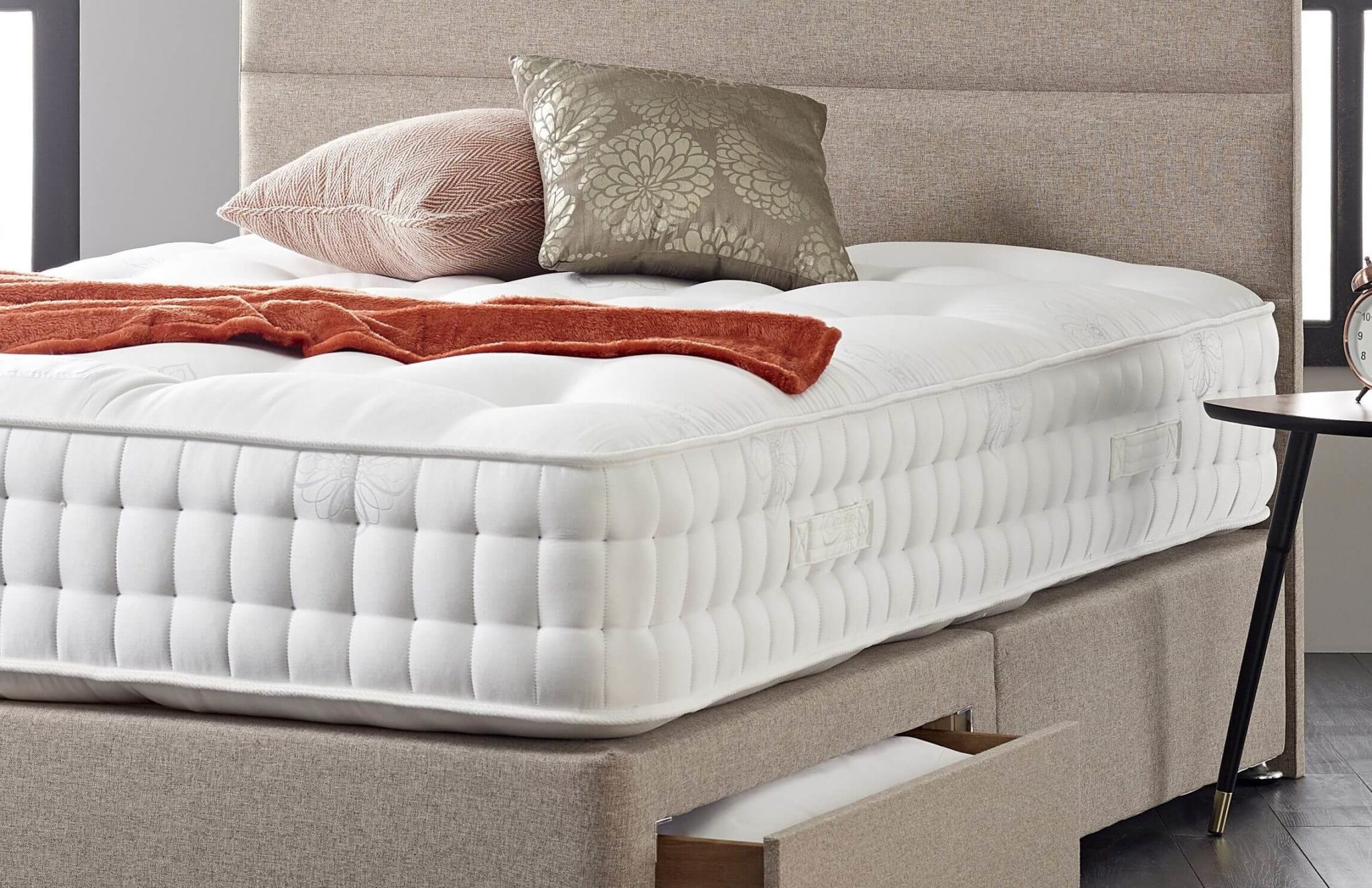
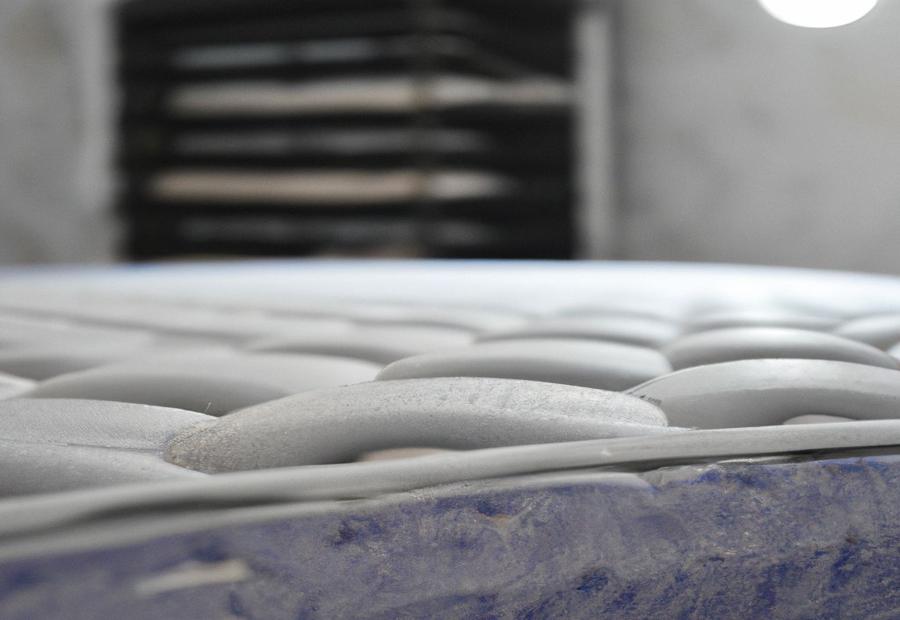
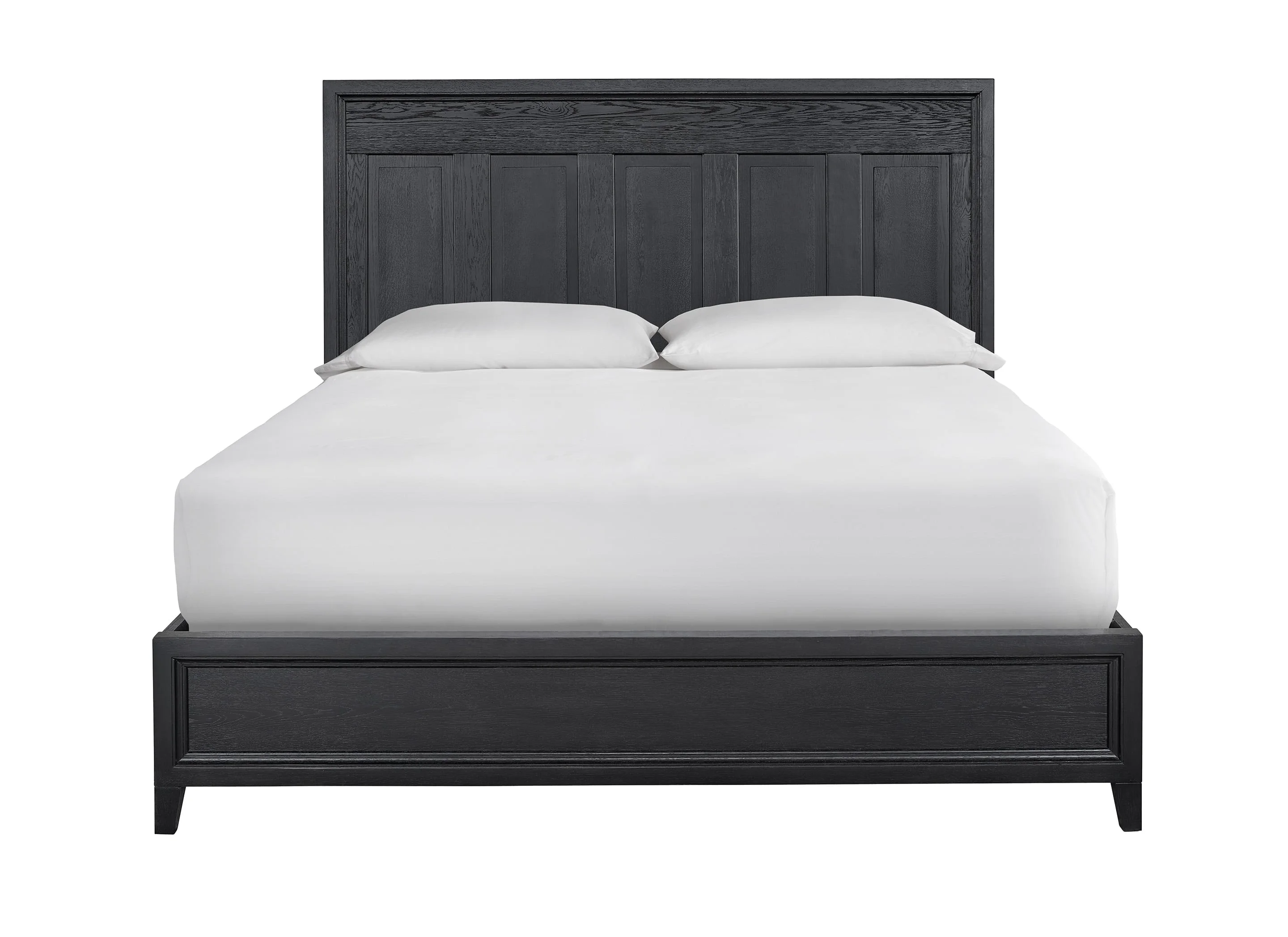
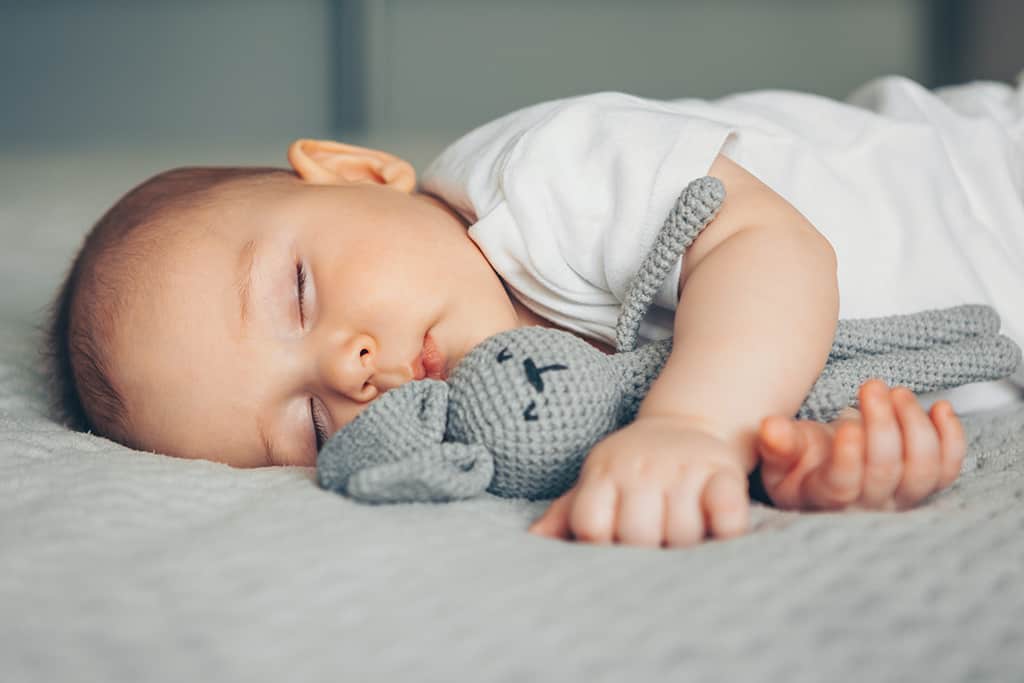
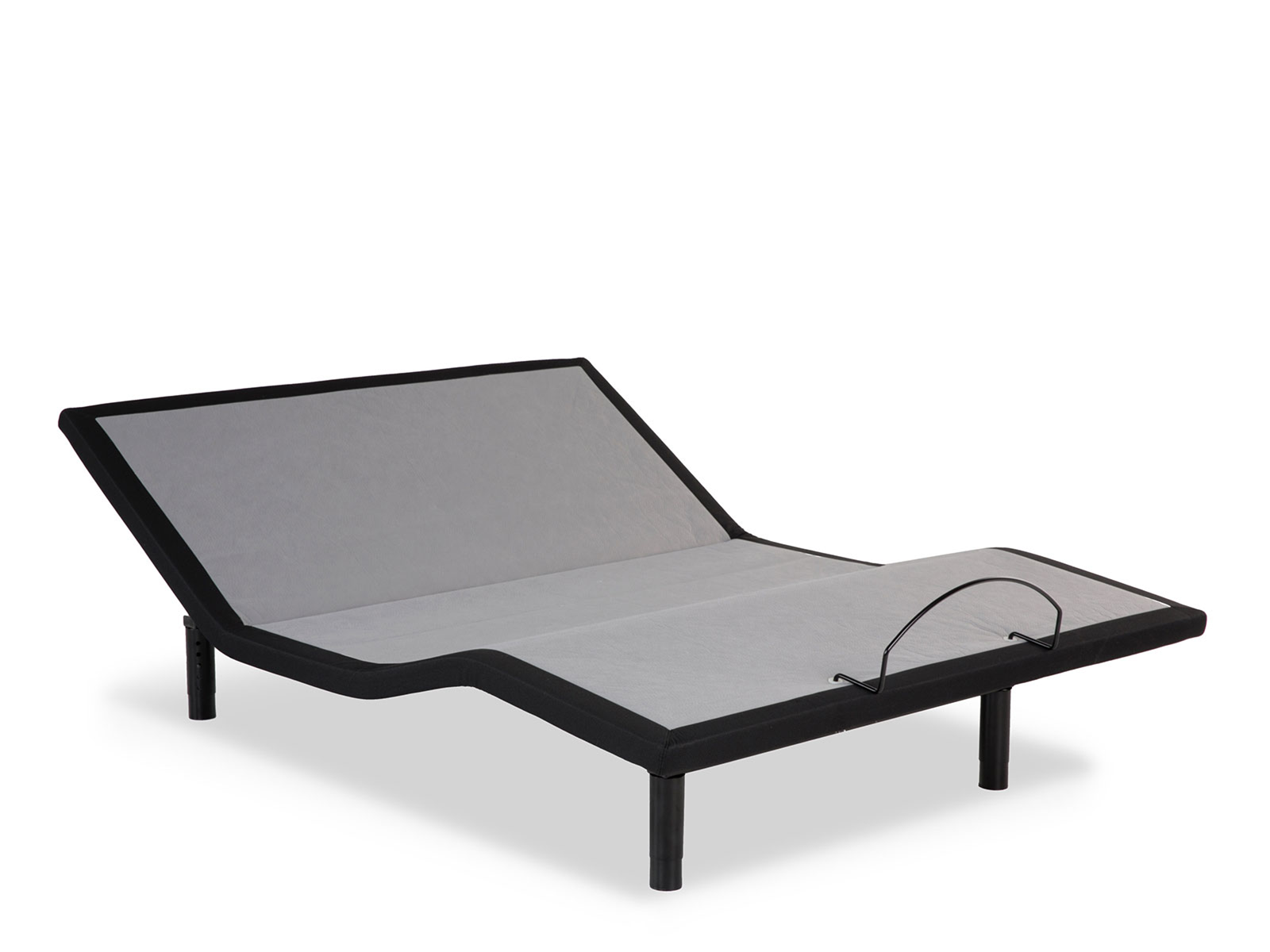



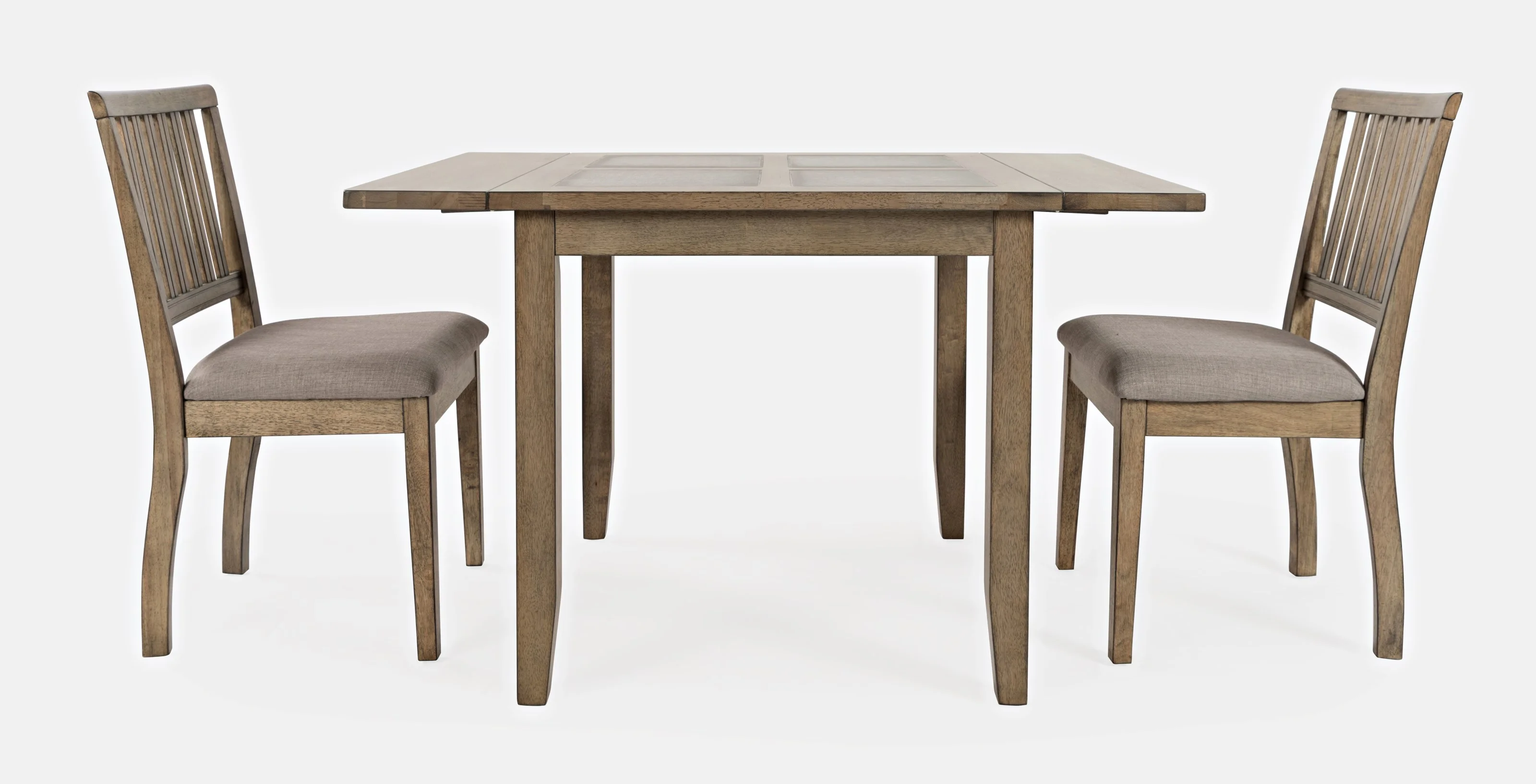

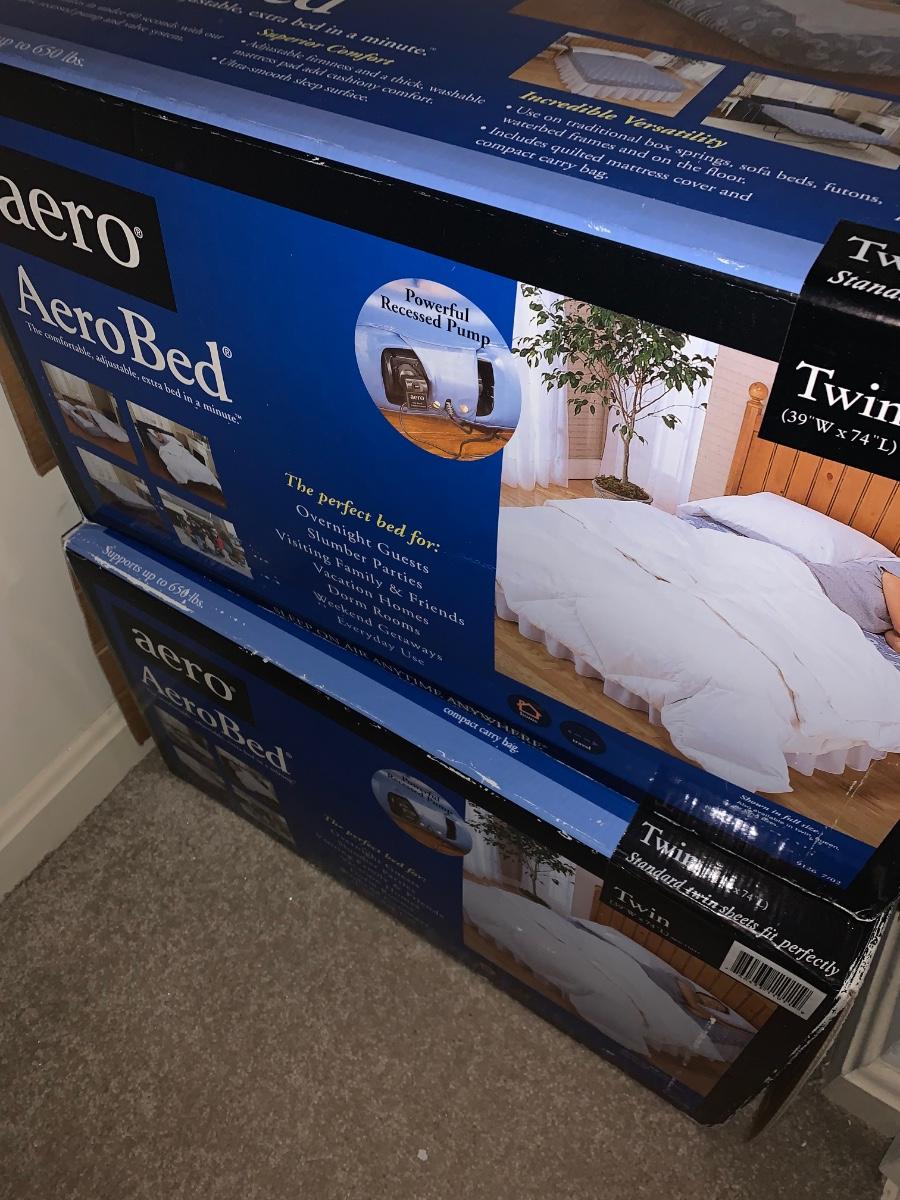



/GettyImages-961308678-5c5a4c1cc9e77c000159b2c0.jpg)

